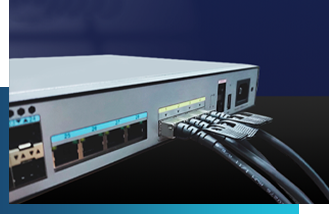
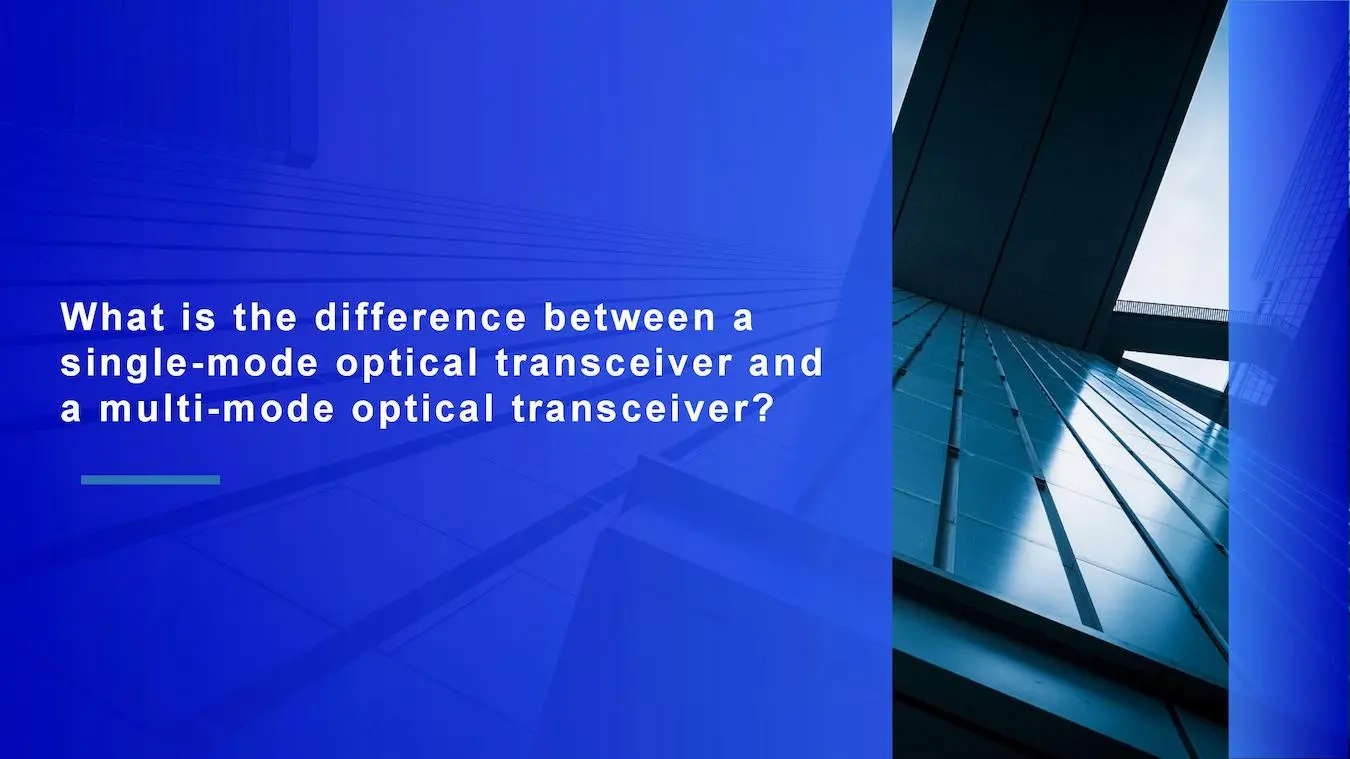
You can judge by looking at the wavelength of the optical transceiver. Generally, the optical transceiver with a wavelength of 850nm is a multi-mode optical transceiver, and the optical transceivers with other wavelengths are single-mode optical transceivers. You can also judge by looking at the color of the pull ring. The pull ring of the multi-mode optical transceiver below 40G is black, and the others are single-mode optical transceivers except black. For multimode optical transceivers of 40G and above, the color of the tab is generally beige. Except for the beige ones, they are all single-mode optical transceivers. These two are the simplest and can be directly judged by the appearance
If the model is marked on the transceiver, SM is single-mode and MM is multi-mode. If there is no model number, the SFP transceiver can see the color of the pull ring. The international standard black is a multi-mode transceiver, and the others are single-mode. There are many ways to judge.
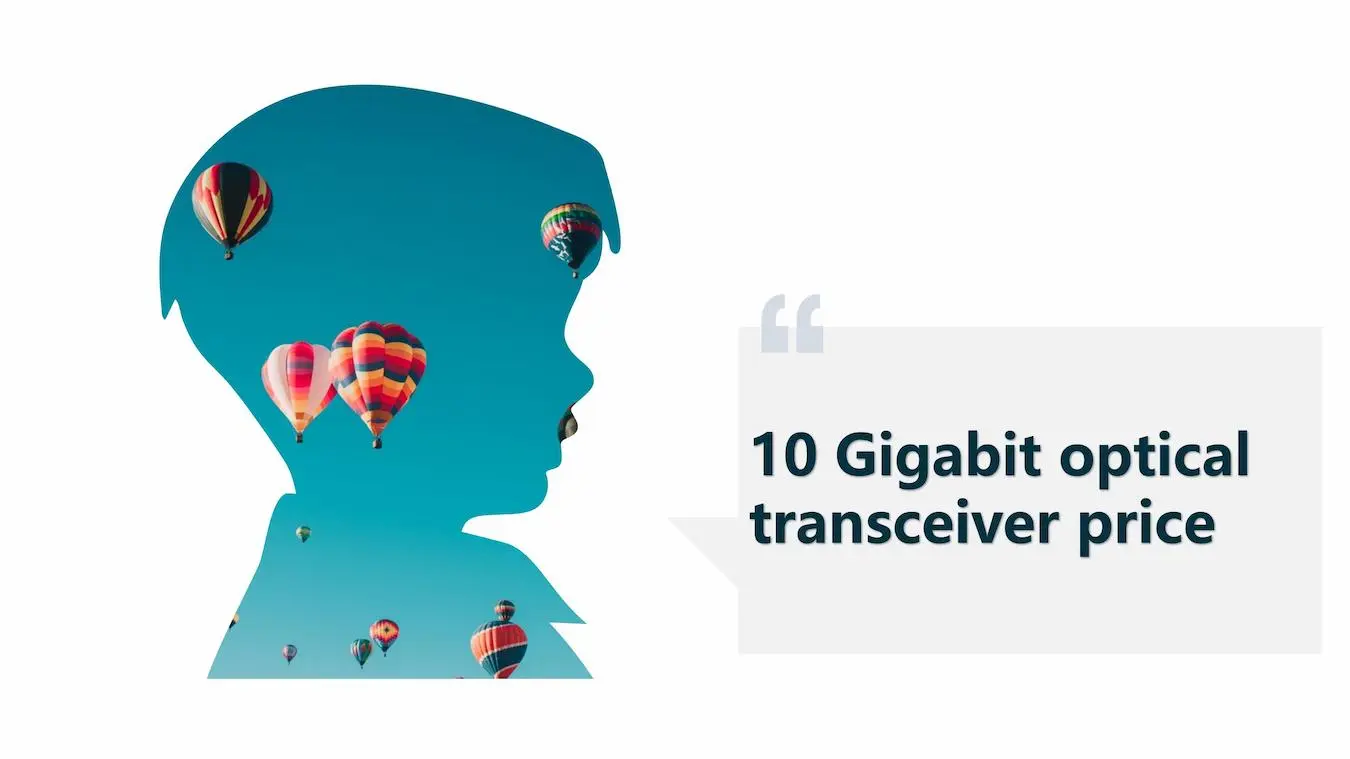
The price of the optical transceiver needs to be specific to the model. The price of optical transceivers ranges from tens to tens of thousands. Nowadays, most people will buy compatible optical transceivers, the quality is guaranteed, the price is much lower than the original brand, and the cost performance is the first choice.
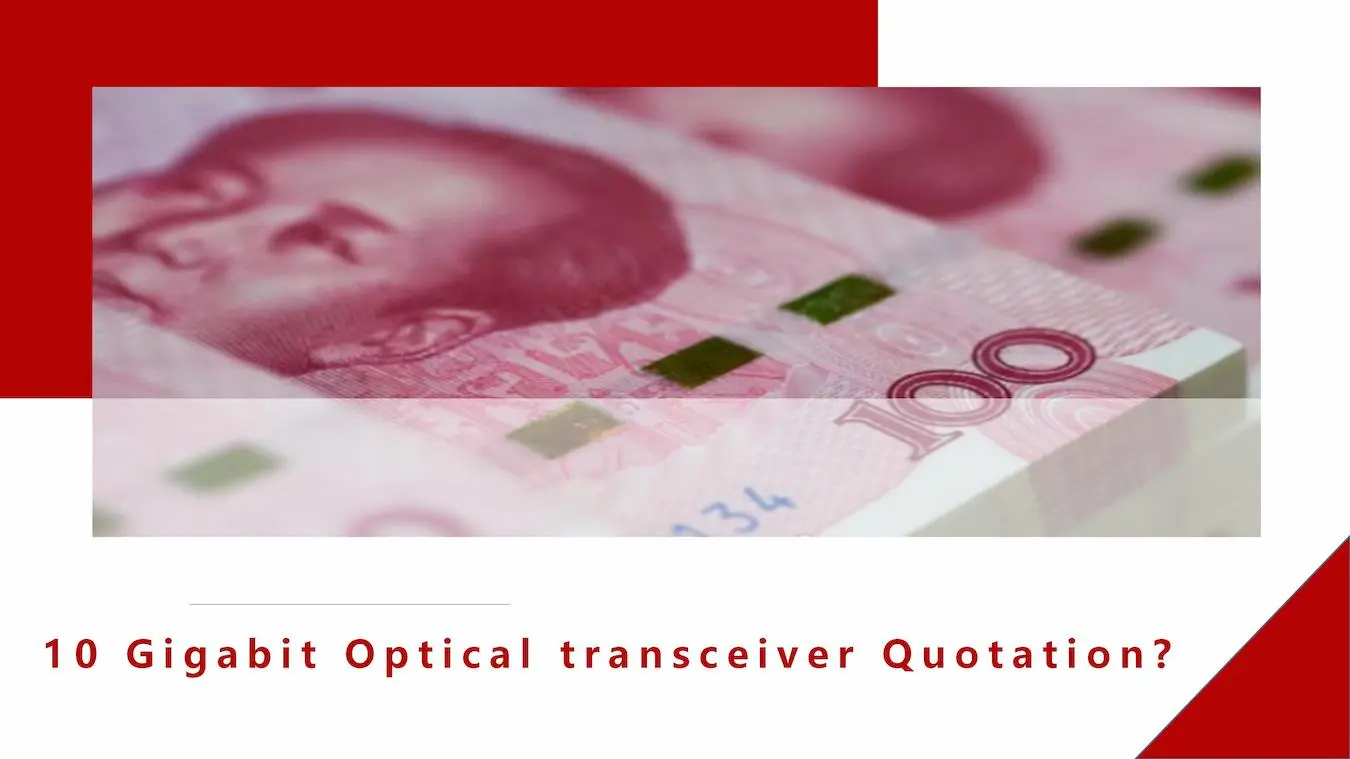
The price of the optical transceiver needs to be specific to the model. The price of 10 Gigabit optical transceivers ranges from tens to hundreds. Nowadays, most people will buy compatible optical transceivers, the quality is guaranteed, the price is much lower than the original brand, and the cost performance is the first choice.
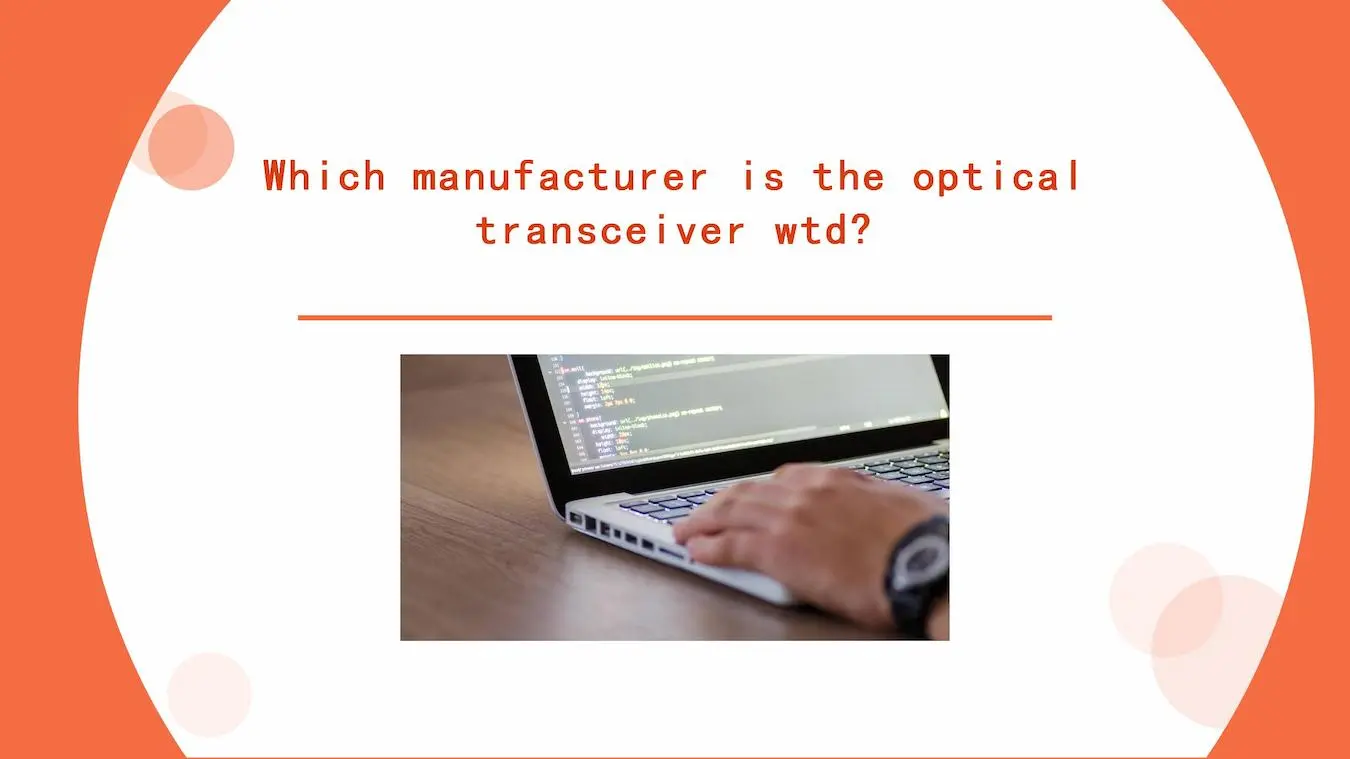
Brands of Wuhan Telecom Devices Co., Ltd.
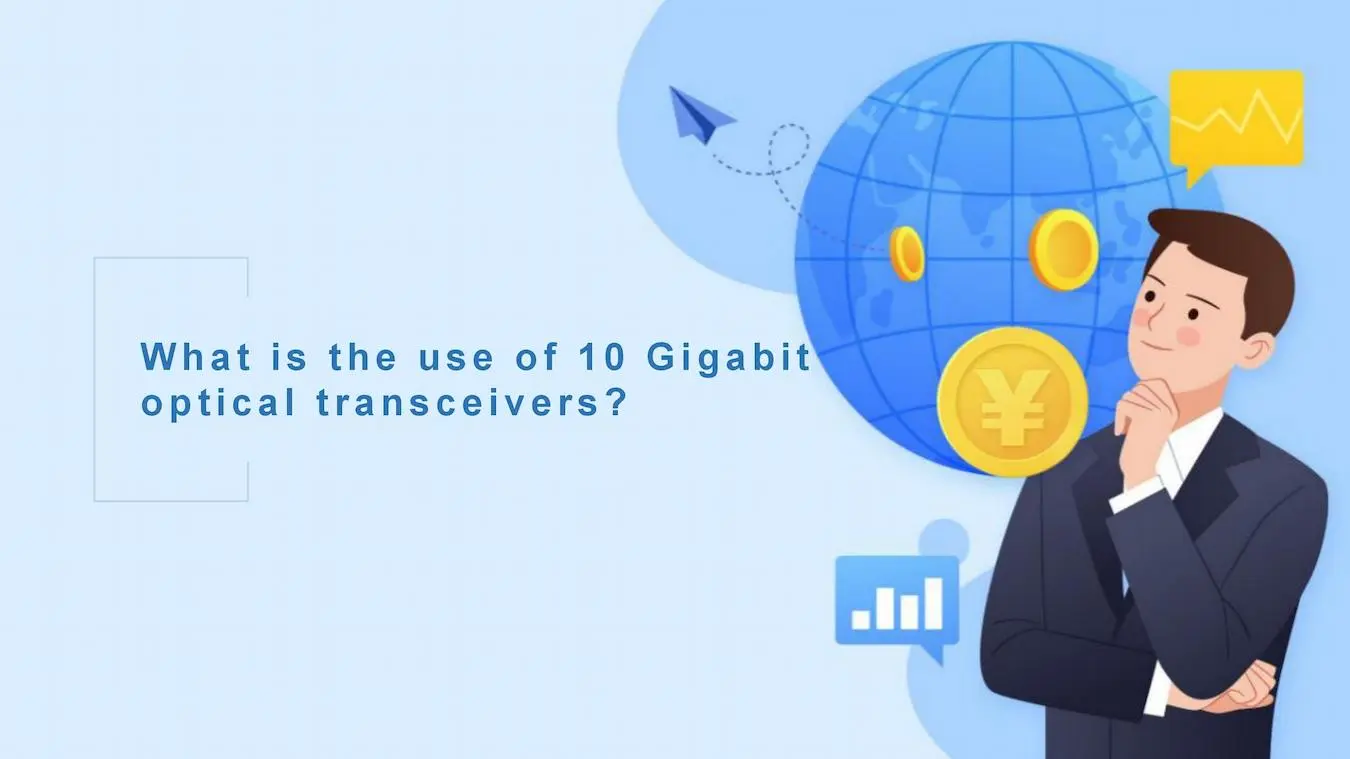
An optical transceiver is an electronic component for photoelectric conversion. Simply put, optical signals are converted into electrical signals, and electrical signals are converted into optical signals, including transmitting devices, receiving devices and electronic functional circuits. According to its definition, as long as there are optical signals, there will be applications of optical transceivers.
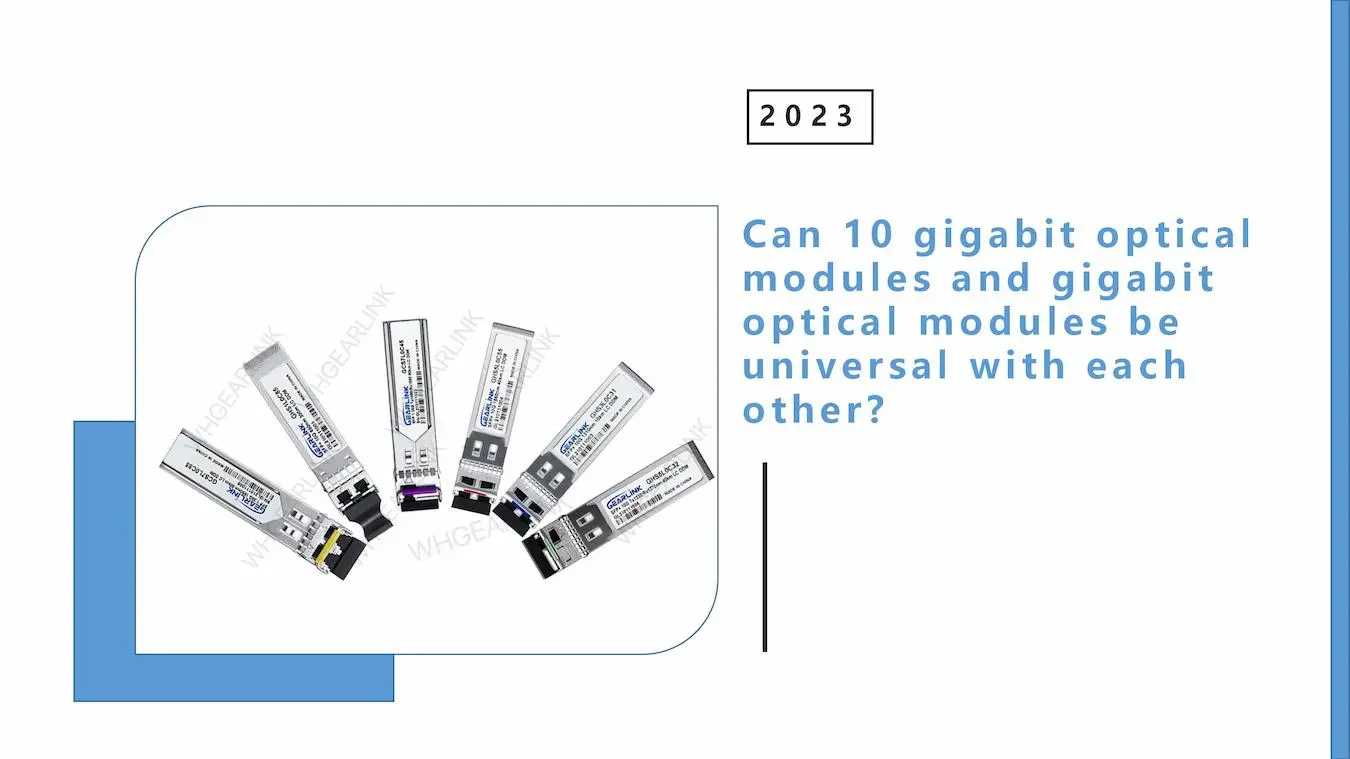
When the transmission distance and working wavelength of the optical module are as required, 10 Gigabit optical module can take place of Gigabit optical module, while the Gigabit optical module cannot be used as a 10 Gigabit optical module. So they are not universal.
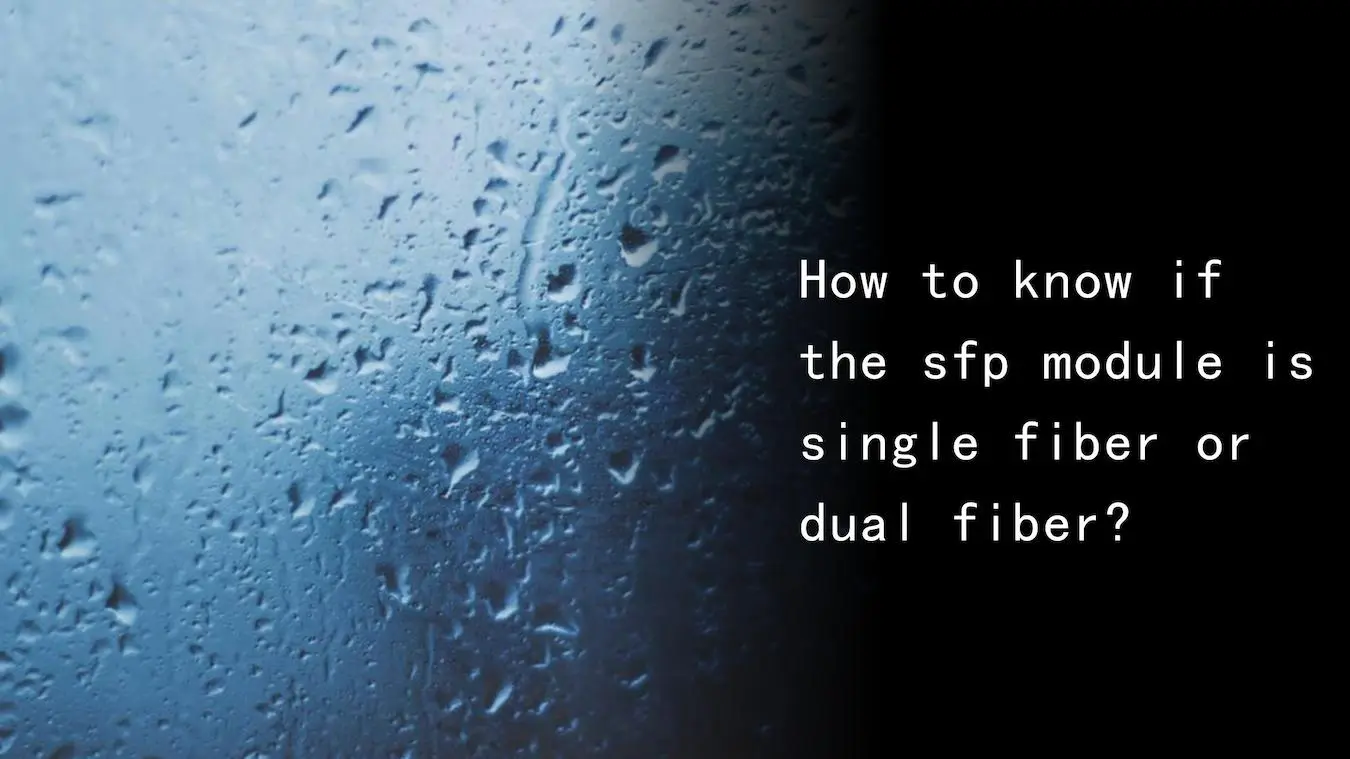
The conventional optical module is dual-fiber which has two optical fiber interfaces, it is dual-fiber bidirectional; but the single-fiber optical module is BIDI, which has only one optical fiber interface, it is single-fiber bidirectional.
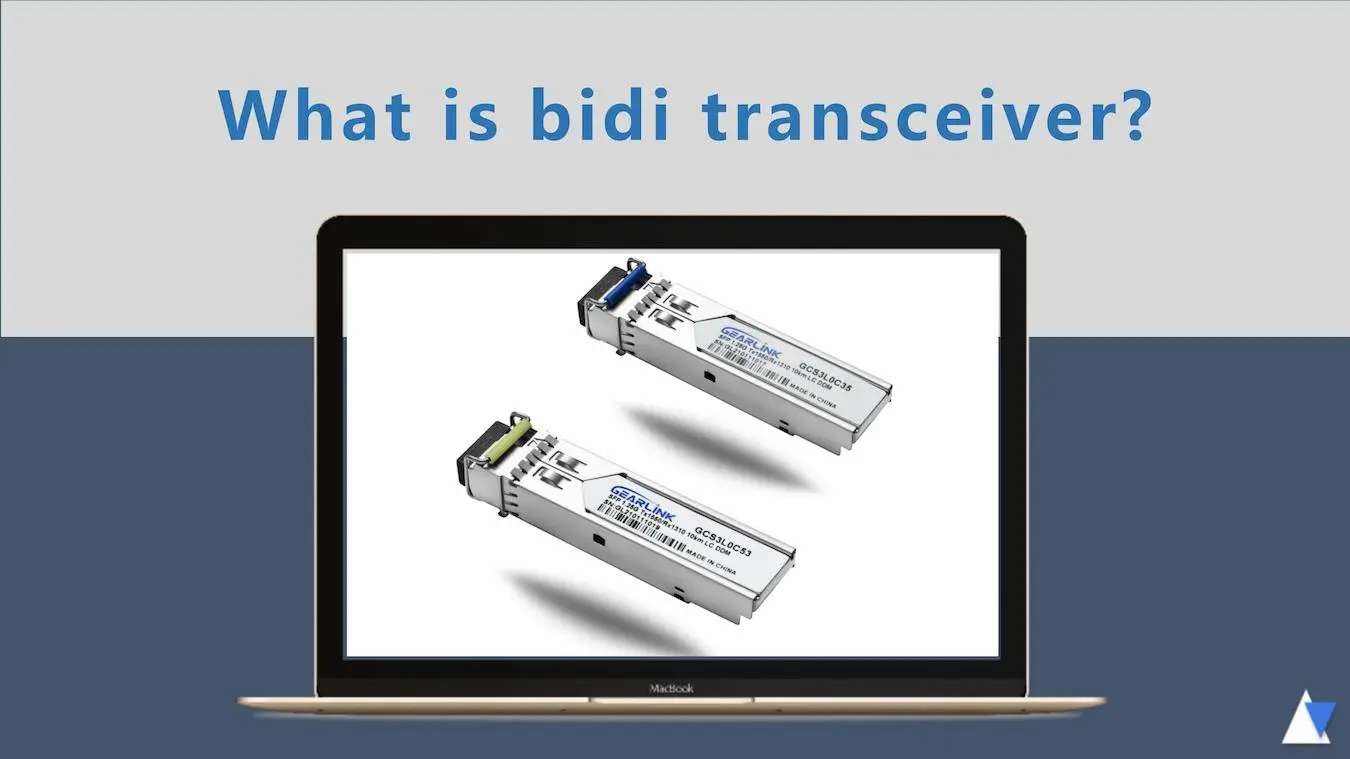
BIDI means Bidirectional, BIDI transceiver processes data in both directions (transmit and receive) through a single optical fiber. As we all know that most optical transceivers have two ports and need two fibers to transmit data, one is to receive data from networking equipment, the other is to transmit data to the networking equipment. But BIDI transceiver have only one port and use one optical fiber to achieve it.
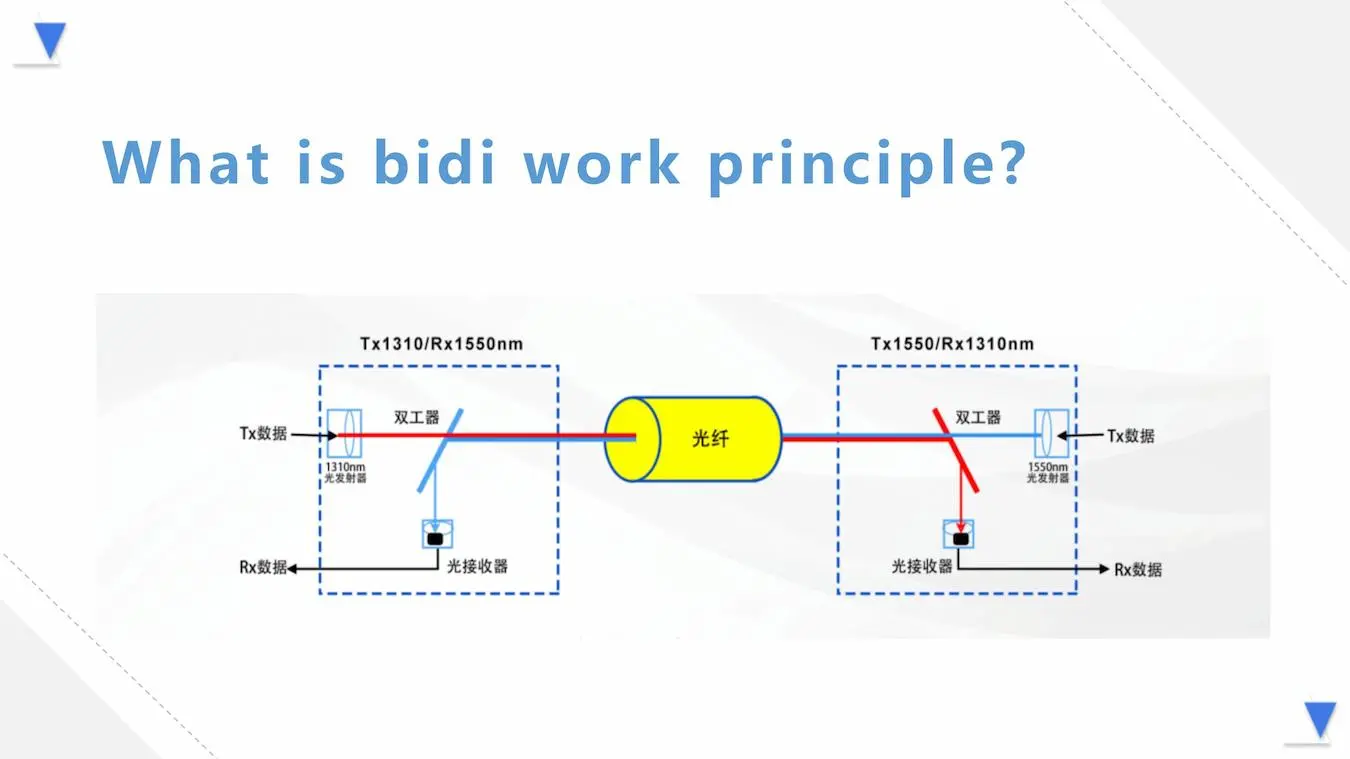
BIDI transceivers are usually used in pairs. We know it transmits and receives wavelength in one port at the same time filtered out the other wavelengths, so we need another transceiver to receive and transmit it. For example, the transmitted wavelength is 1310nm and received is 1550nm, so the other transceiver must be transmitted 1550nm and received 1310nm.
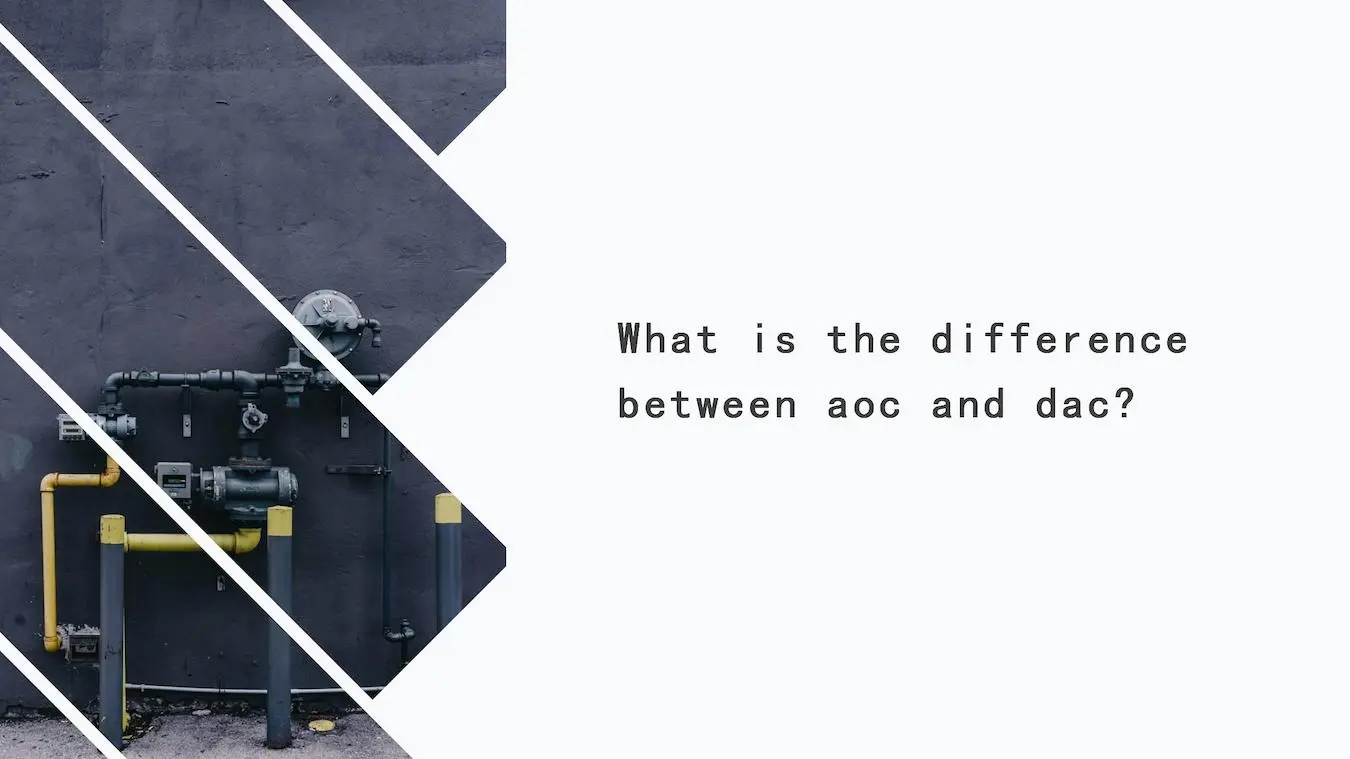
There are some differences between AOC active optical cables and DAC high-speed cables:
①Power consumption: the power consumption of AOC is higher than that of DAC;
②Transmission distance: The farthest transmission distance of AOC is 300M and DAC is 7M;
③Transmission media: the material of AOC is optical fiber but DAC is a copper cable;
④Transmission signals: AOC transmits optical signals while DAC transmits electrical signals;
⑤Price: The price of AOC is much higher than that of DAC because of the optical fibers and lasers;
Generally speaking, DAC high-speed cables are suitable for interconnection distances within 5m and AOC is for 5m-100m.
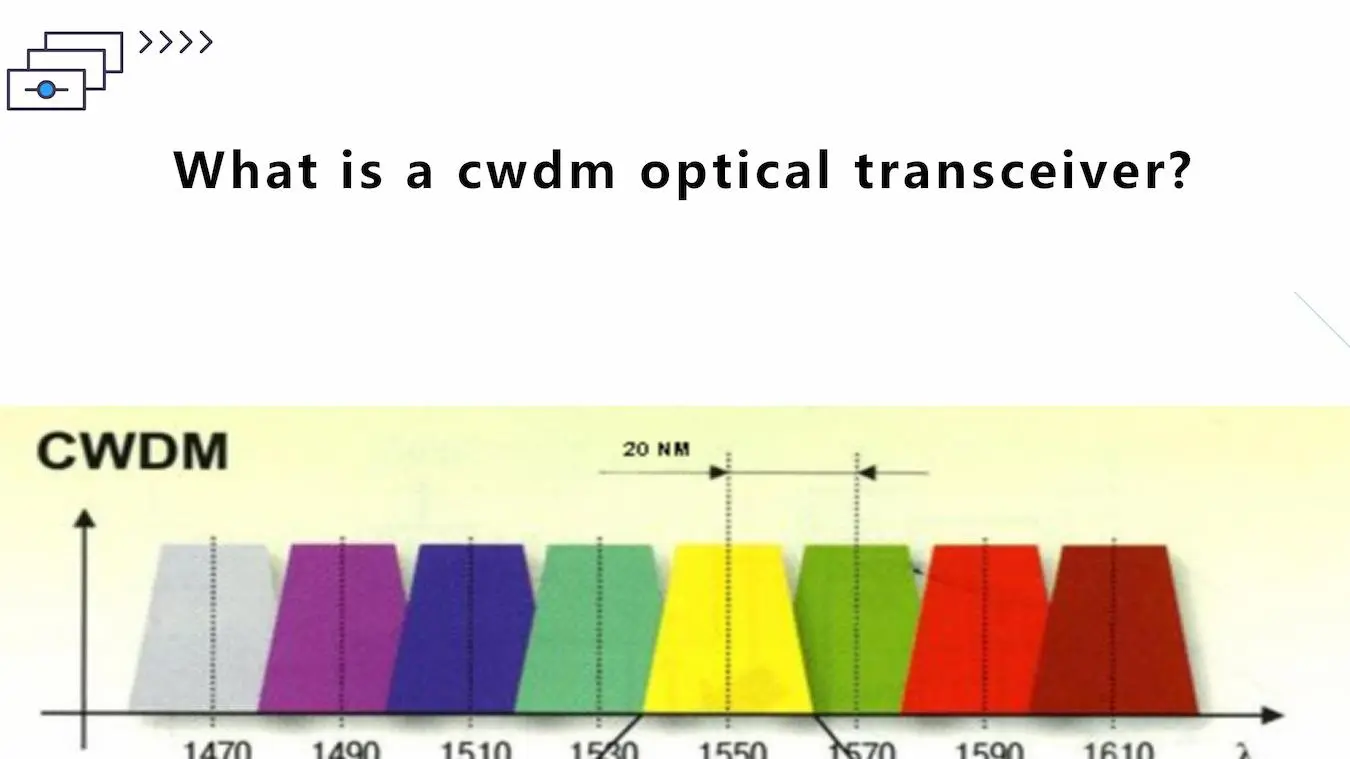
CWDM optical transceiver is an optical module that uses CWDM technology and is a low-cost WDM transmission technology for the access layer of the metropolitan area network. Using optical multiplexers at the transmitting end, CWDM optical modules can increase the network capacity by transmitting multiple data channels with separate optical wavelengths (1270nm-1610nm) on the same single fiber, and use demultiplexers at the receiving end to decompose into different Wavelength signals are then connected to different devices.
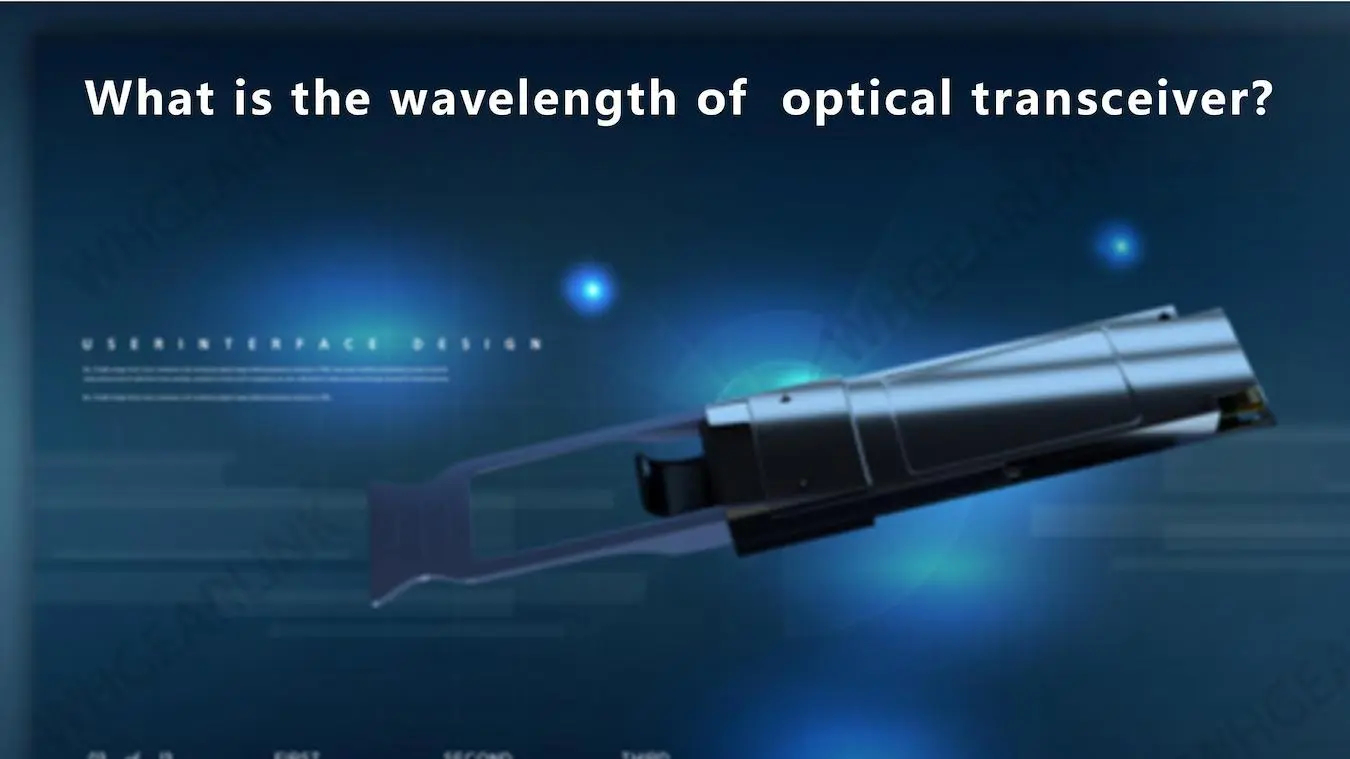
The parameters of each optical transceiver are different. The more common wavelengths of optical transceivers are 850nm, 1310nm, 1270nm, 1330nm, 1490nm, 1550nm, CWDM, DWDM. The fiber optic transceiver receives and receives light differently.
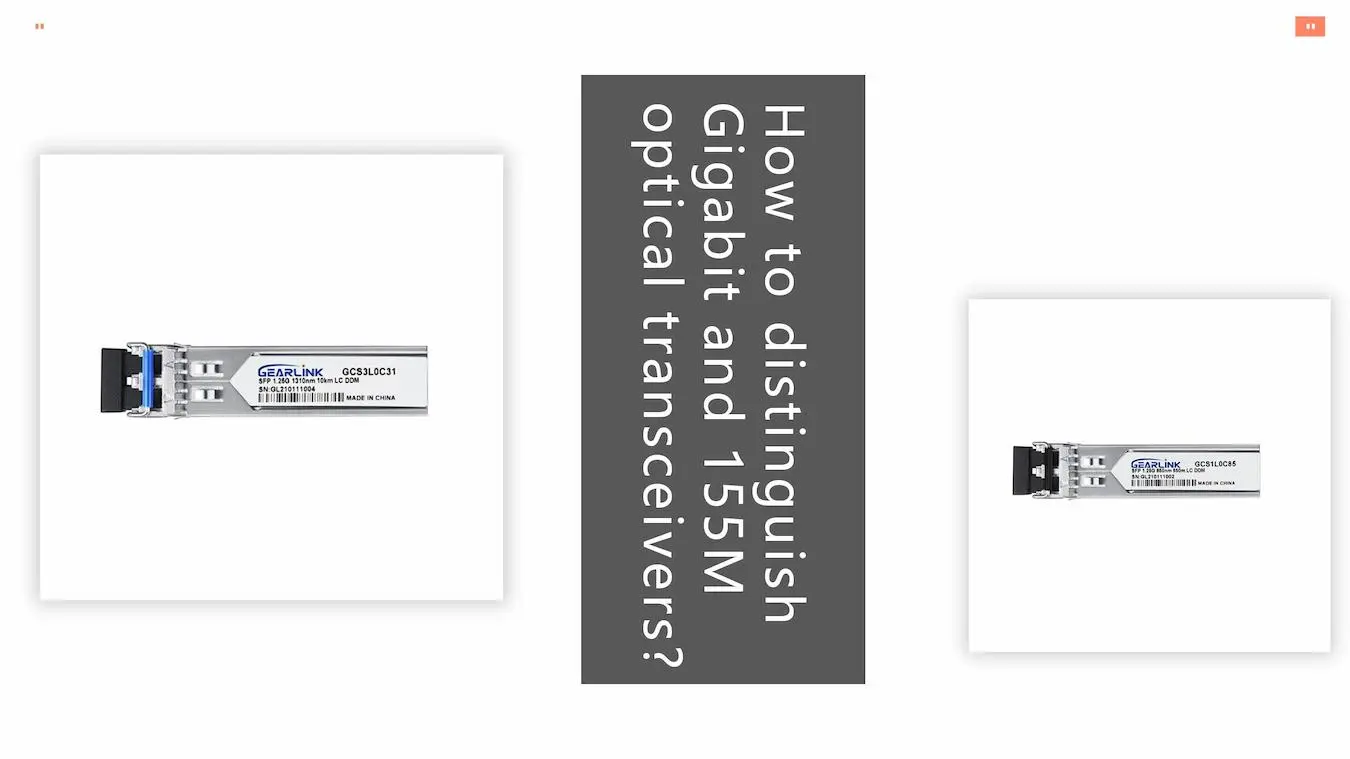
You can check the DDM information through the switch to know whether it is a 100M or 1000M optical transceiver. The easiest way is to look at the model on the label. GE is Gigabit and FE is 100M.
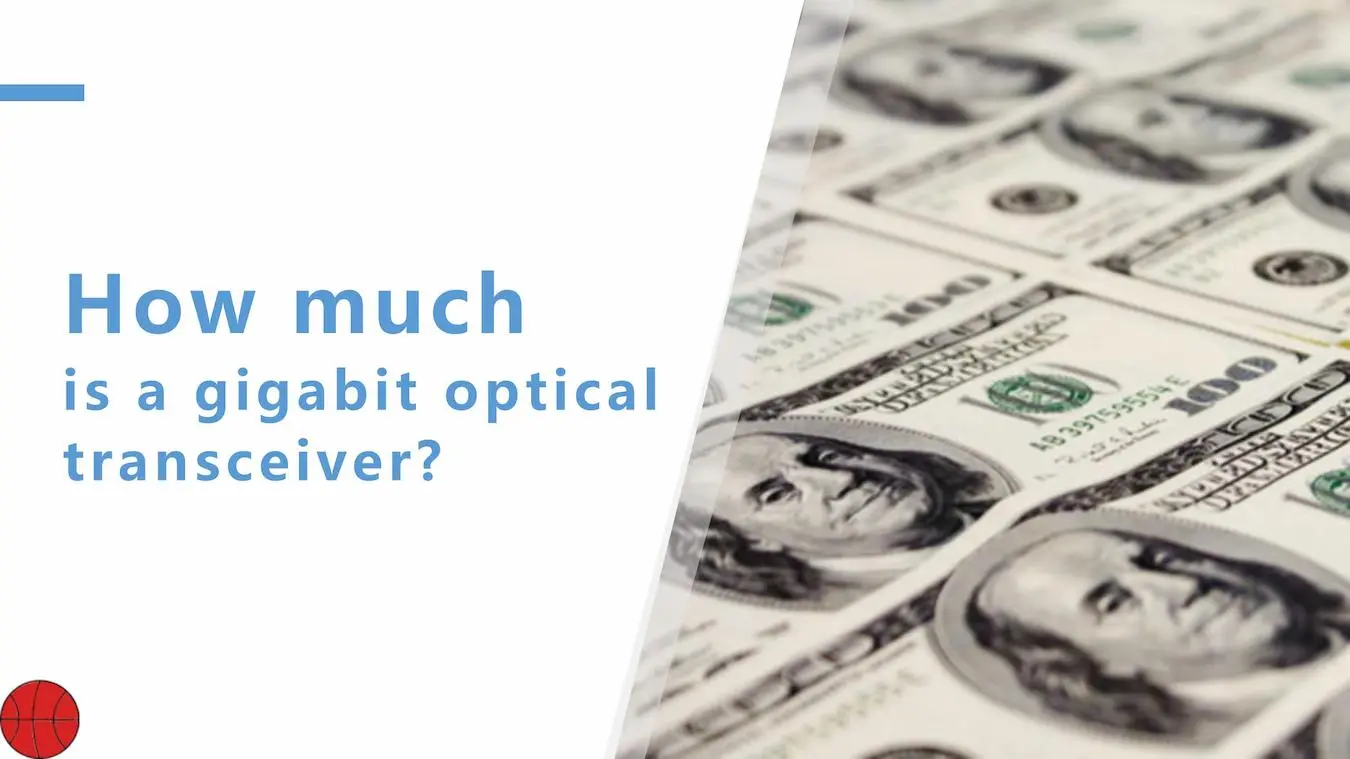
The price of the optical transceiver needs to be specific to the model. Gigabit optical transceivers range in price from tens to hundreds. Nowadays, most people will buy compatible optical transceivers, the quality is guaranteed, the price is much lower than the original brand, and the cost performance is the first choice.

Optical transceivers, optical fiber transceivers, switches, optical network cards, optical fiber routers, optical fiber high-speed ball machines, base stations, repeaters, etc. The optical port boards of general transmission equipment are equipped with corresponding optical transceivers.
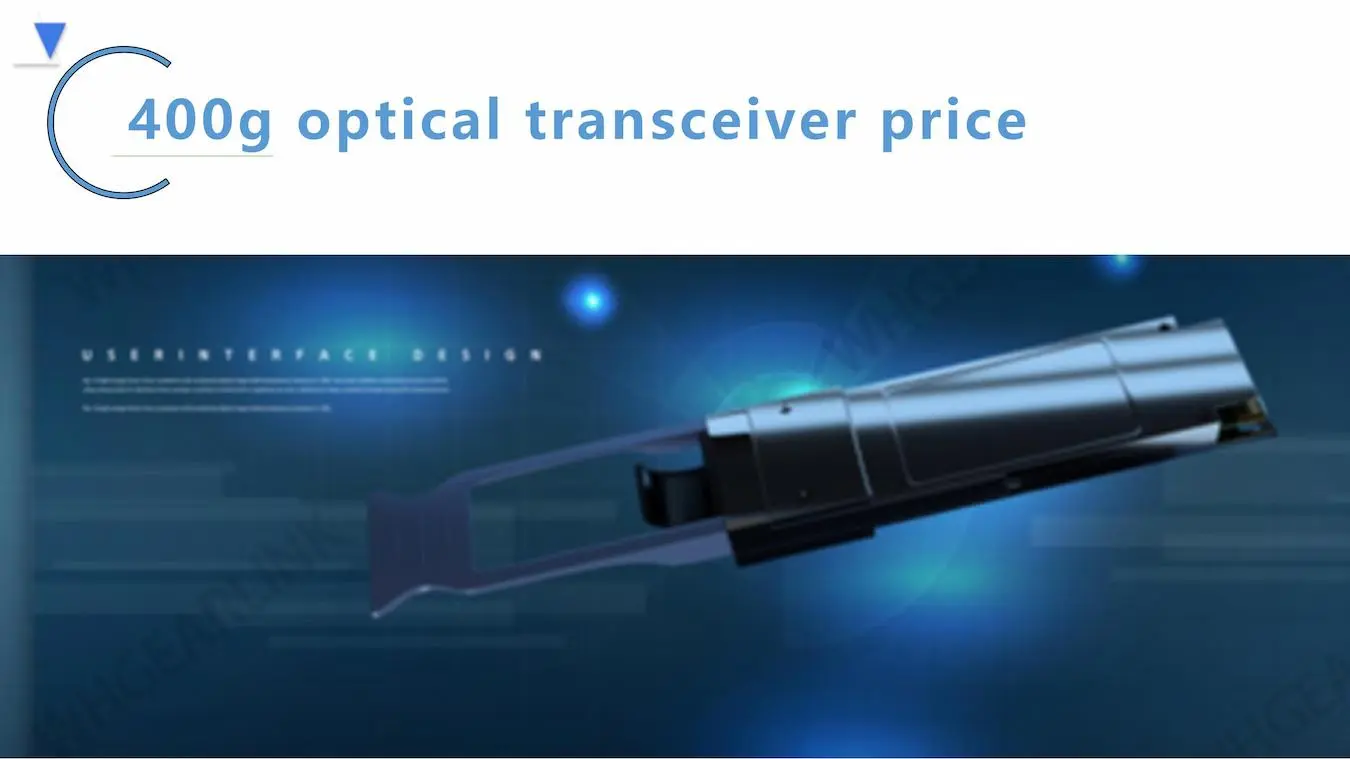
The price of the optical transceiver needs to be specific to the model. The price of 400G optical transceivers ranges from several thousand to tens of thousands. Nowadays, most people will buy compatible optical transceivers, the quality is guaranteed, the price is much lower than the original brand, and the cost performance is the first choice.
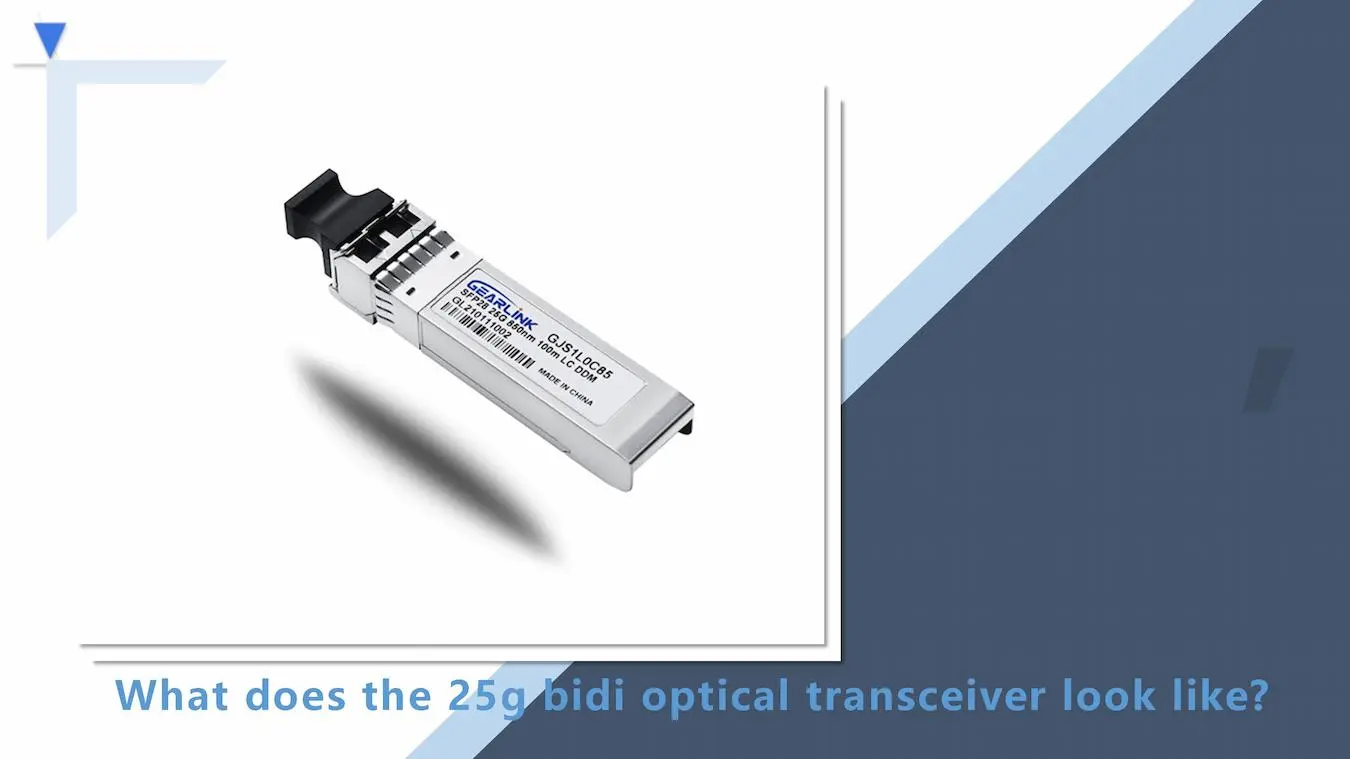
The 25G BIDI optical transceiver is a single-fiber bidirectional 25G optical transceiver. Compared with the ordinary 25G optical transceiver, the 25G BIDI transceiver has only one fiber port and only needs one fiber connection. However, BIDI optical transceivers are used in pairs. 25G BIDI optical transceivers are no exception.
The 25G BIDI optical transceiver simultaneously sends and receives different central wavelengths in two directions within one fiber, thereby realizing bidirectional transmission of optical signals through one fiber. Generally, the optical transceiver has two ports such as the TX transmitting port and the RX receiving port, while the BIDI optical transceiver has only one port, which is filtered by the filter in the optical transceiver to complete the transmission and reception of optical signals at the same time.
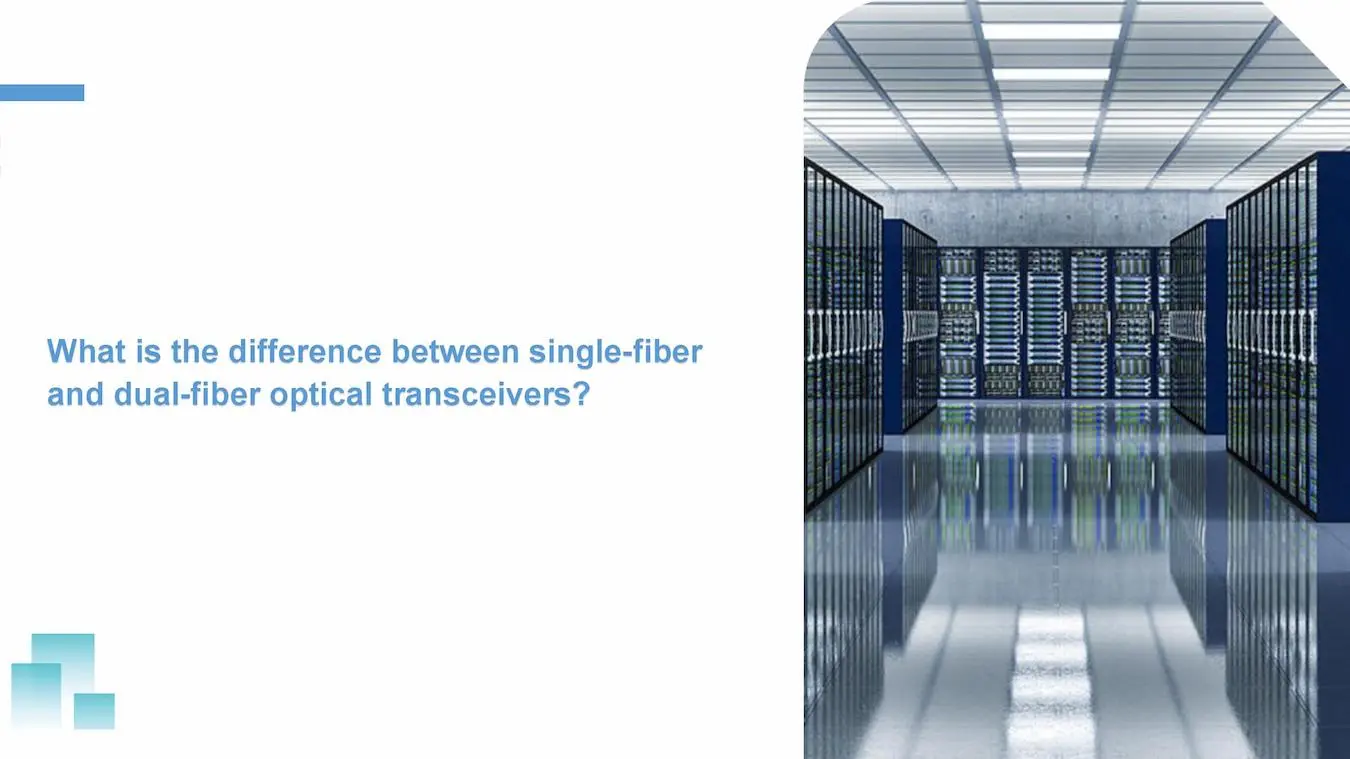
The single-fiber optical transceiver realizes data transmission through one fiber core; realizes data transmission and reception through different optical wavelengths in one fiber. Single-fiber optical transceivers are generally used in pairs. The dual-fiber optical transceiver transmits data through two fiber cores, and the receiving and transmitting wavelengths are the same. Wuhan Gearlink Technology Co., Ltd. will serve you wholeheartedly
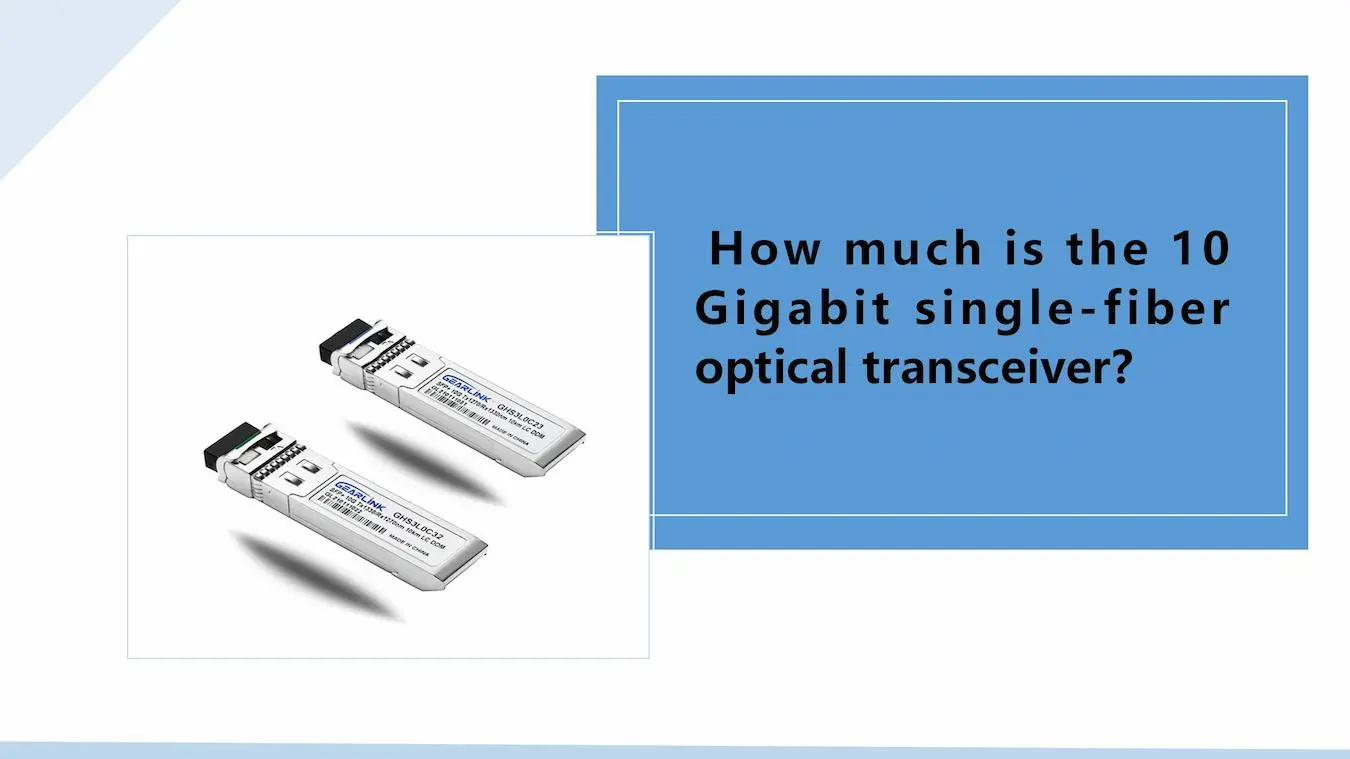
The price of the optical transceiver needs to be specific to the model. The price of 40G optical transceivers ranges from several hundred to several thousand. Nowadays, most people will buy compatible optical transceivers, the quality is guaranteed, the price is much lower than the original brand, and the cost performance is the first choice.
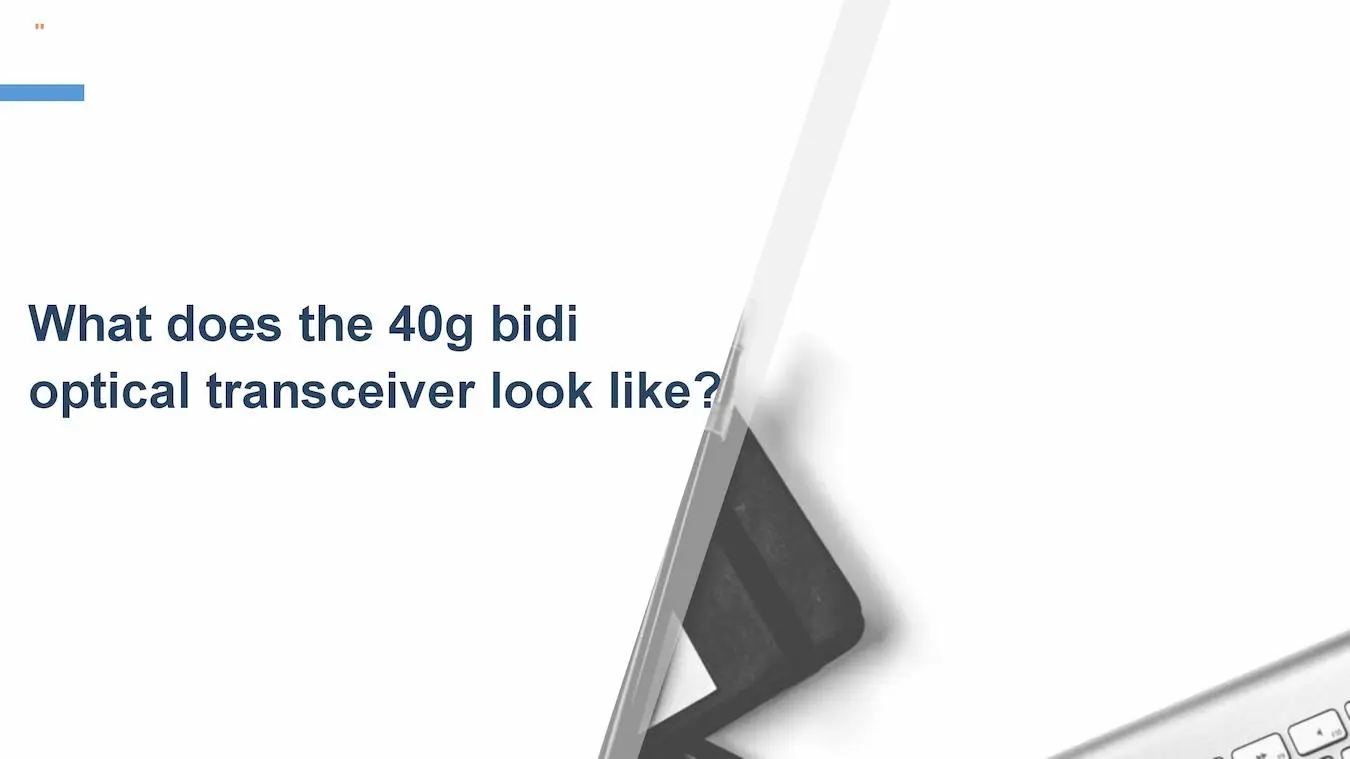
The 40G BIDI optical transceiver is a single-fiber bidirectional 40G optical transceiver. Compared with ordinary 40G optical transceivers, the 40G BIDI transceiver has only one fiber port and only needs one fiber connection. However, BIDI optical transceivers are used in pairs. 40G BIDI optical transceivers are no exception.
The 40G BIDI optical transceiver transmits and receives different central wavelengths in two directions simultaneously in one fiber, so as to realize bidirectional transmission of optical signals in one fiber. Generally, the optical transceiver has two ports such as the TX transmitting port and the RX receiving port, while the BIDI optical transceiver has only one port, which is filtered by the filter in the optical transceiver to complete the transmission and reception of optical signals at the same time.
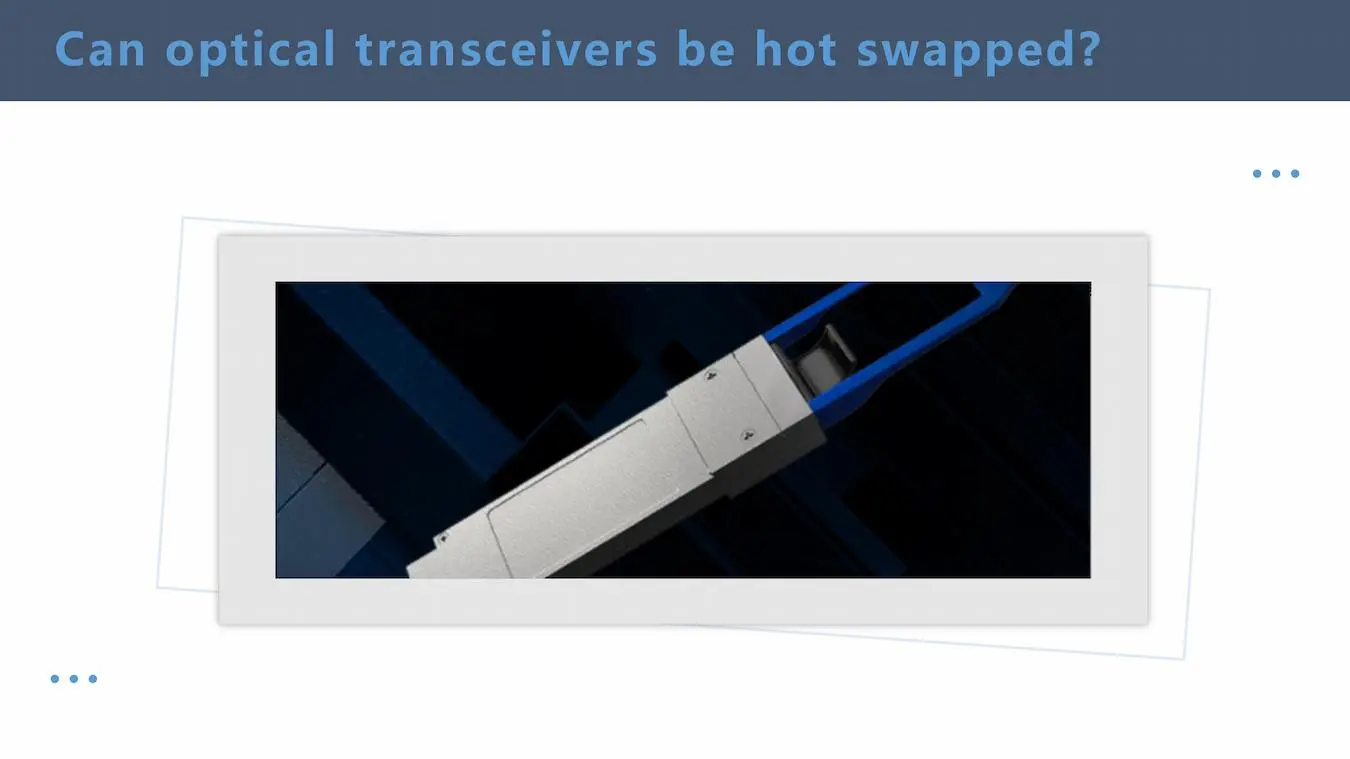
Hot-swappable means that the transceiver can be connected or disconnected from the device without cutting off the power supply, and the optical transceiver supports hot-swappable
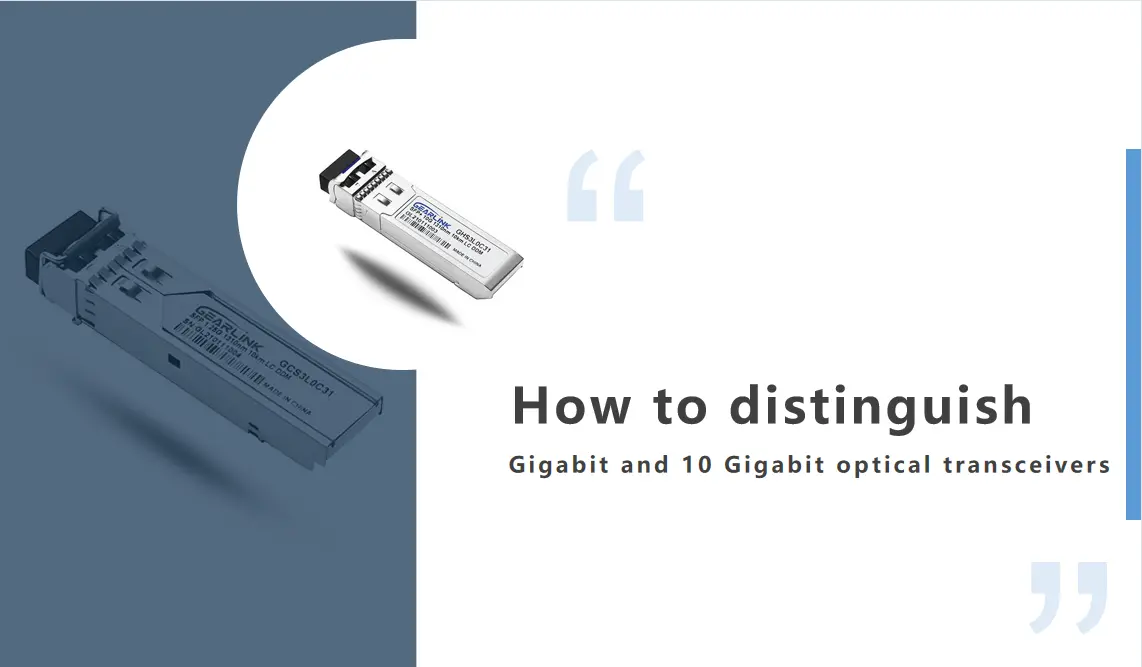
You can check the DDM information through the switch to know whether it is a Gigabit or 10 Gigabit optical transceiver. The easiest way is to look at the appearance. Generally, the package of 10 Gigabit optical transceivers is SFP+, and the label is square; the package of Gigabit is SFP, and the label is is pointed.
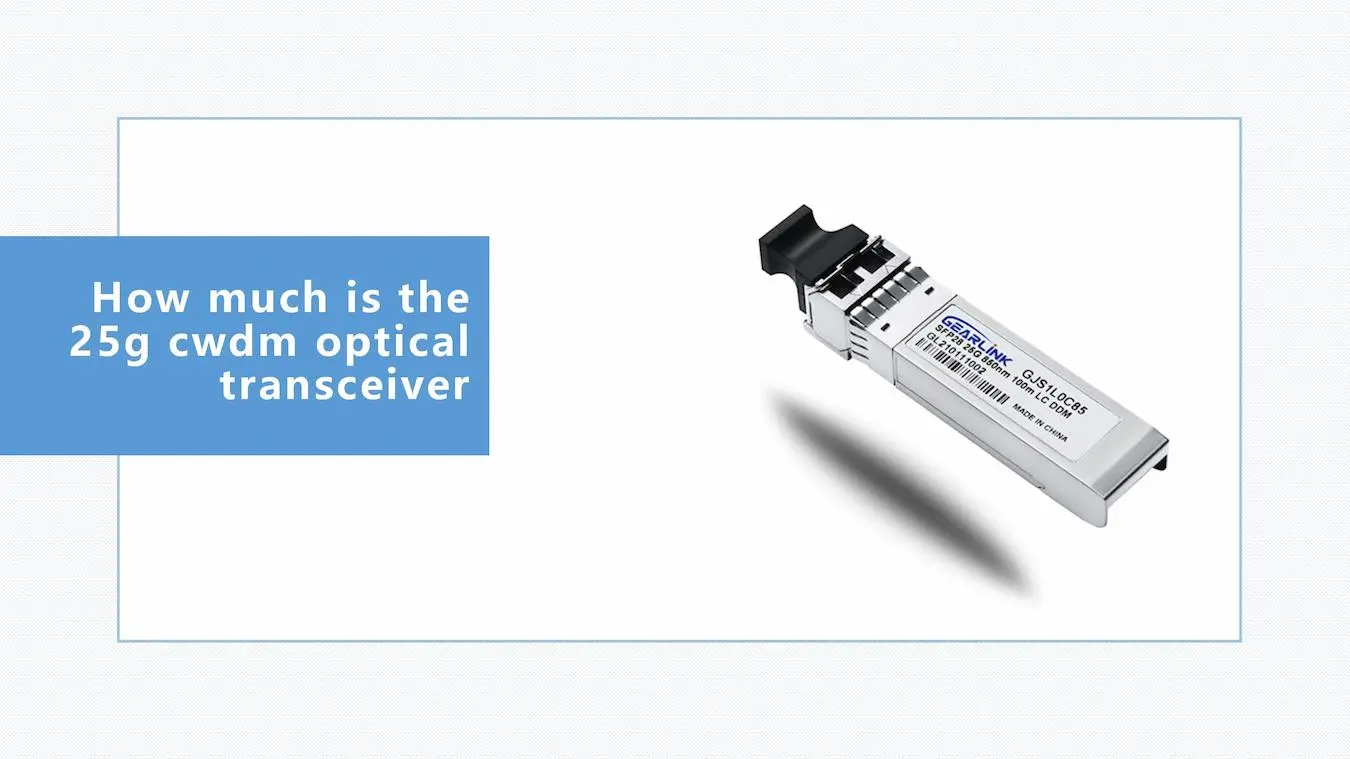
The price of the optical transceiver needs to be specific to the model. The price of 25G CWDM optical transceivers ranges from hundreds to thousands. Nowadays, most people will buy compatible optical transceivers, the quality is guaranteed, the price is much lower than the original brand, and the cost performance is the first choice.
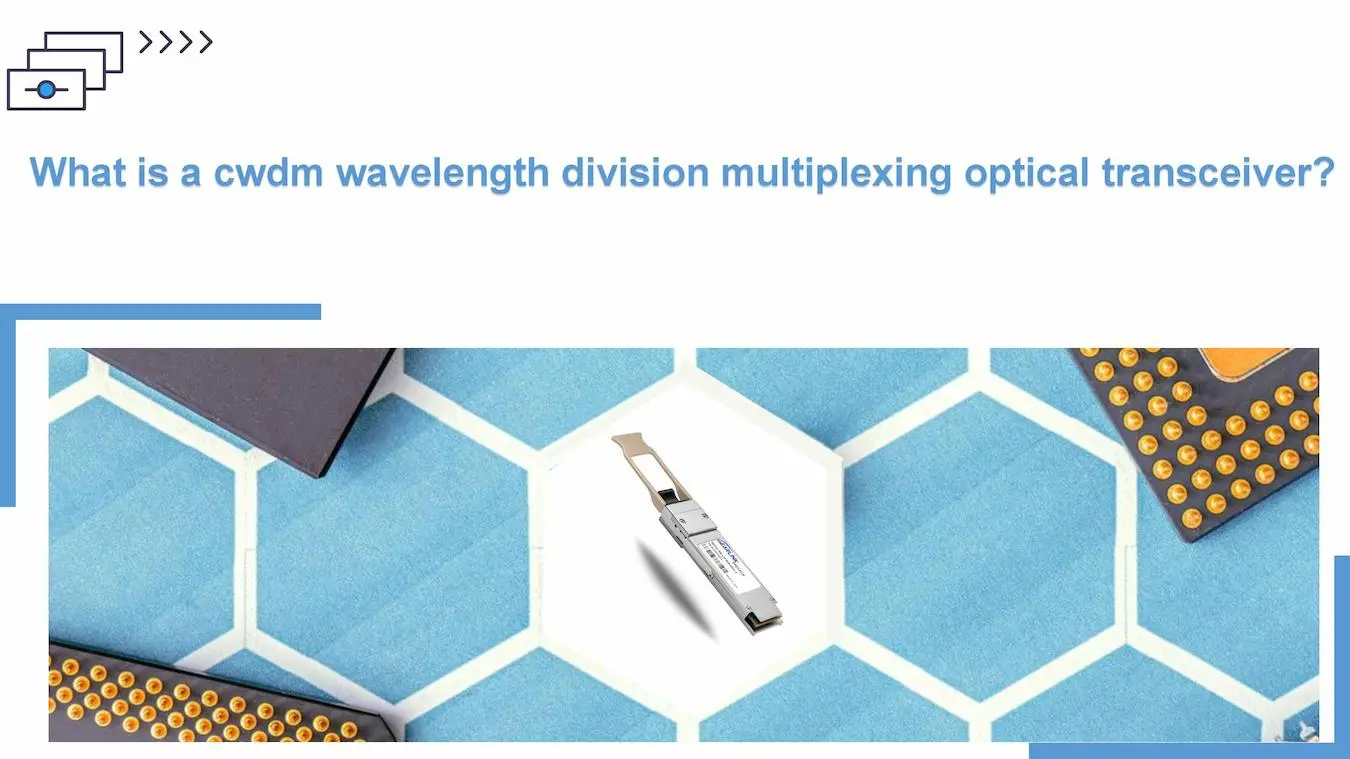
The CWDM optical transceiver is a kind of optical transceiver using CWDM technology, which is a low-cost WDM transmission technology for the access layer of the metropolitan area network. Using an optical multiplexer at the sending end, the CWDM optical transceiver can increase network capacity by transmitting multiple data channels with separate optical wavelengths (1270nm-1610nm) on the same single fiber, and then use a demultiplexer at the receiving end to decompose into different Wavelength signals are then connected to different devices.
The cost of CWDM equipment is relatively low, which can reduce network operation costs. Using CWDM technology can significantly improve the utilization of optical fiber resources. One optical fiber is used as multiple optical fibers and there is no conflict between services. The optical transceiver has the characteristics of small size, low power consumption, good flexibility and expandability.
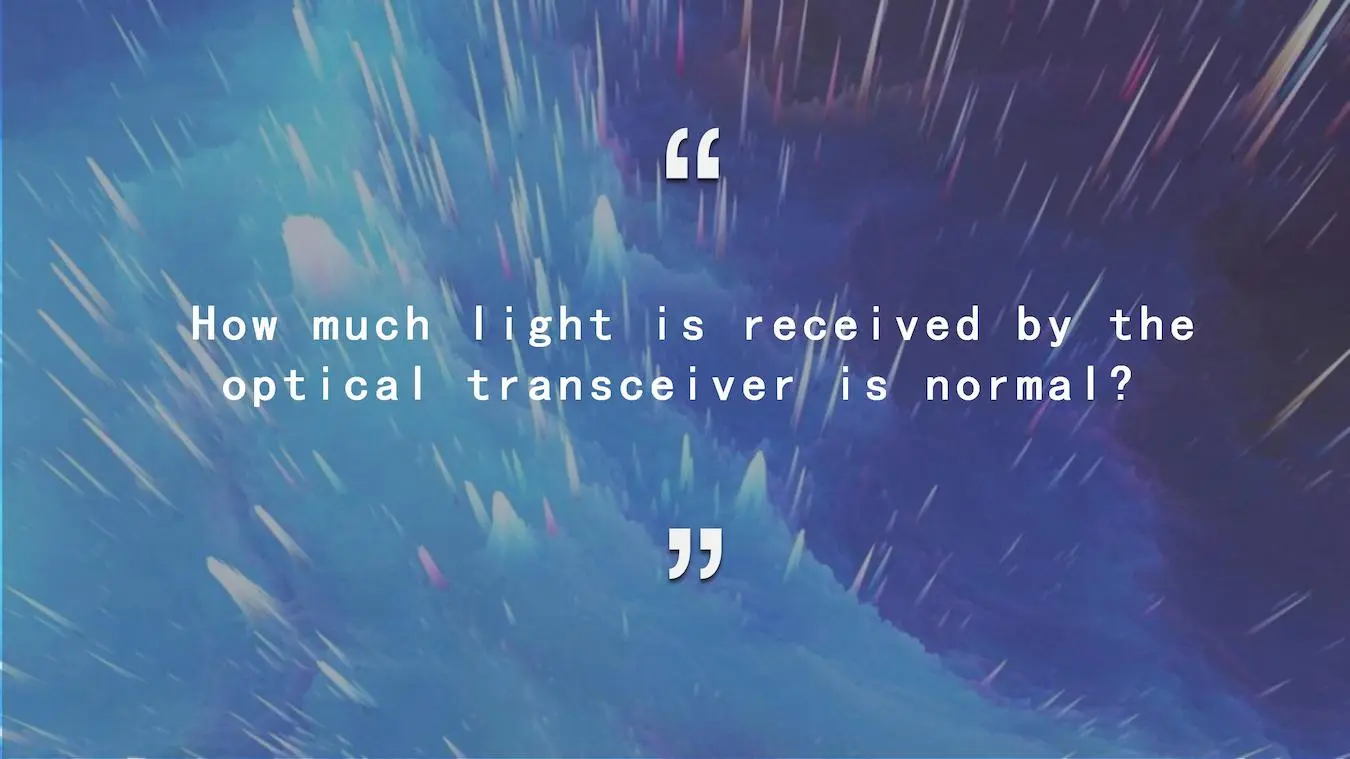
This depends on the model. Different models of optical transceivers receive and emit light differently.
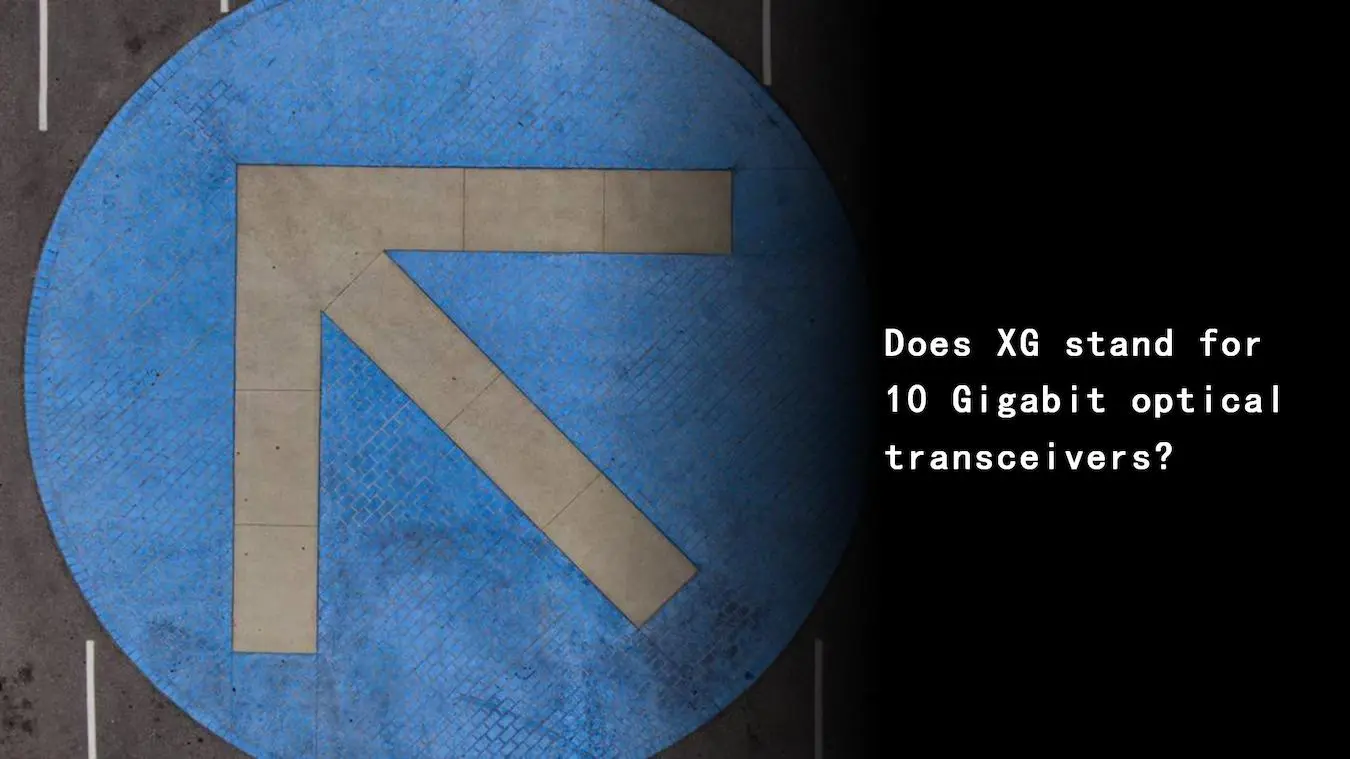
Yes,it is.The parameters of some brands will use XG to represent the transmission rate of 10G
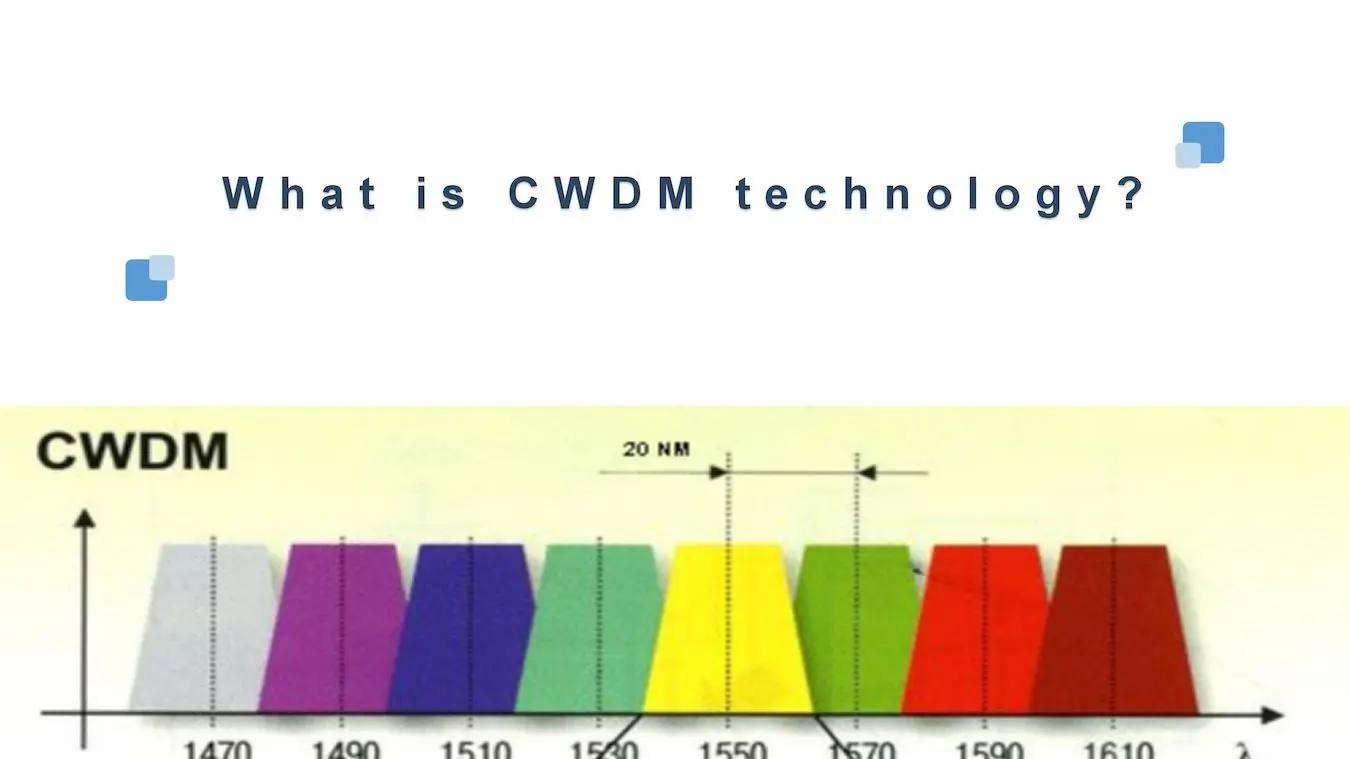
CWDM uses an optical multiplexer to multiplex optical signals of different wavelengths into a single optical fiber for transmission. At the receiving end of the link, the mixed signal in the optical fiber is decomposed into signals of different wavelengths by means of an optical demultiplexer and connected to the corresponding receiving device. CWDM has 18 wave bands, from 1270nm to 1610nm, and the interval between each wave band is 20nm.
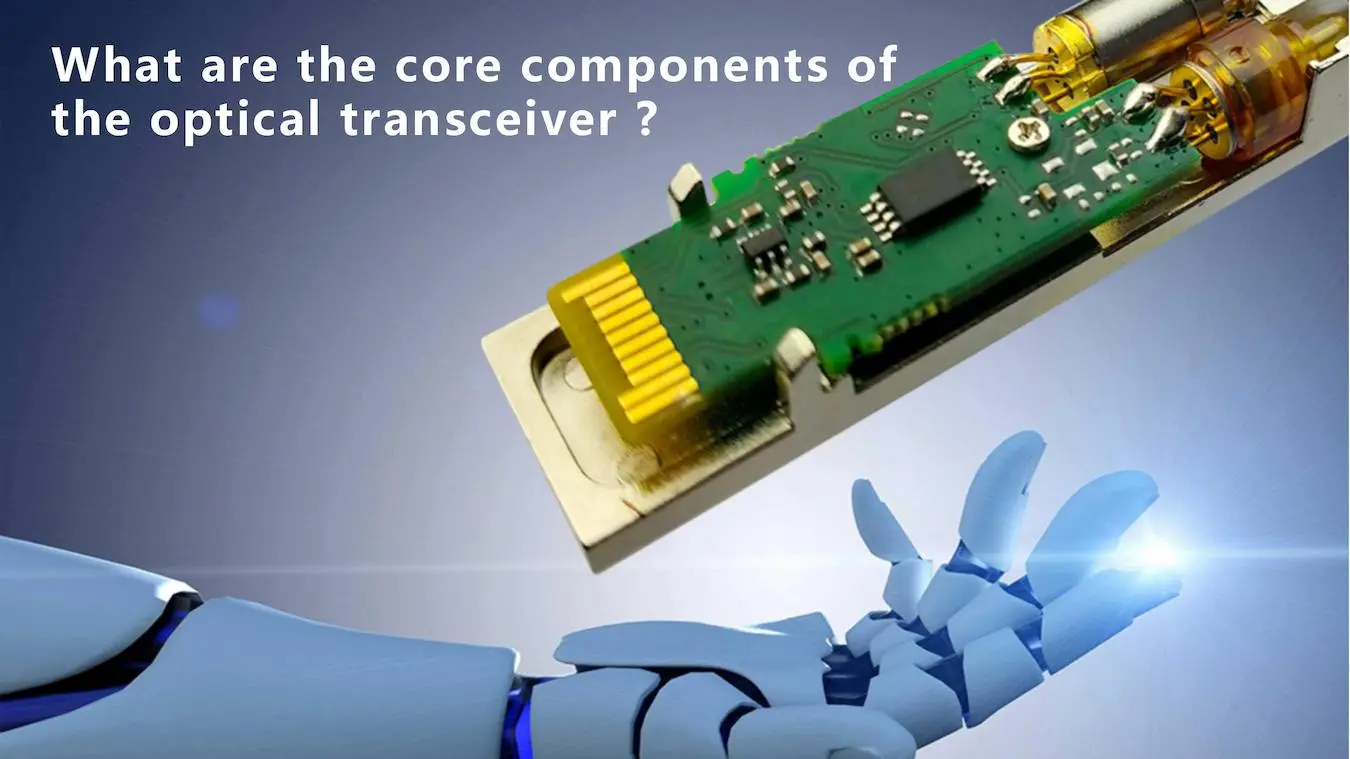
The main components of the optical transceiver include CDR clock recovery function, LDD: convert the output signal of CDR into the corresponding modulation signal, drive the laser to emit light, TOSA, and realize the conversion from electrical signal to optical signal, mainly including laser, MPD, TEC, isolation Devices, Mux, coupling lenses and other devices, ROSA, to realize the conversion of optical signals to electrical signals, mainly including PD/APD, DeMux, coupling components, etc., TIA: used with detectors, LA is usually integrated with TIA or CDR, MCU , responsible for the operation of the underlying software, the monitoring of DDM functions related to optical transceiver s and some specific functions.
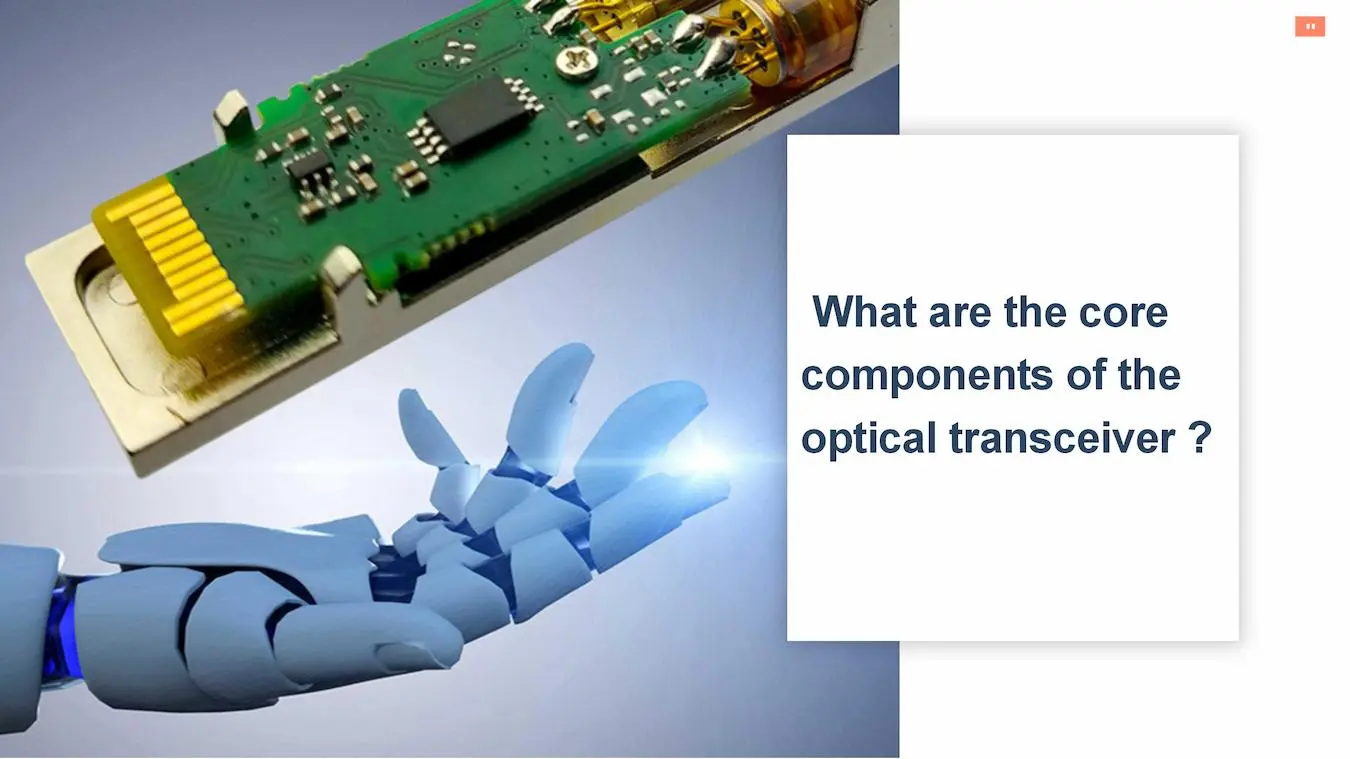
The core components of the dual-fiber optical transceiver mainly include CDR clock recovery function, LDD: convert the output signal of CDR into the corresponding modulation signal, drive the laser to emit light, TOSA, and realize the conversion from electrical signal to optical signal, mainly including laser, MPD, TEC, isolator, Mux, coupling lens and other devices, ROSA, realize the conversion of optical signal to electrical signal, mainly including PD/APD, DeMux, coupling components, etc., TIA: used with detectors, LA is usually integrated with TIA or CDR Together, the MCU is responsible for the operation of the underlying software, the monitoring of the DDM function related to the optical communication transceiver and some specific functions.
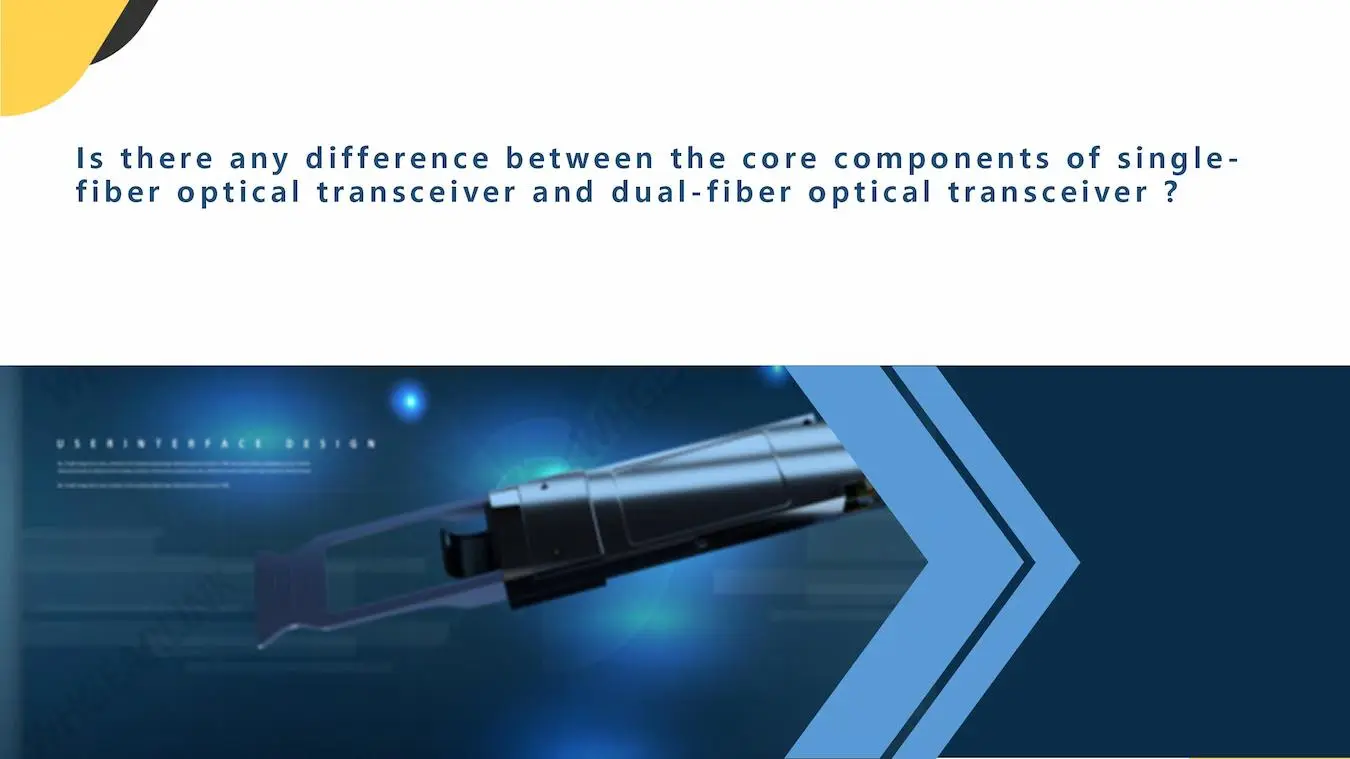
The main difference between the core components of the single-fiber optical transceiver and the dual-fiber optical transceiver is that the single-fiber optical transceiver has BOSA, without TOSA and ROSA, and the dual-fiber optical transceiver has TOSA and ROSA, without BOSA. The cost of the single-fiber optical transceiver is relatively low. The cost of the optical transceiver is relatively high.
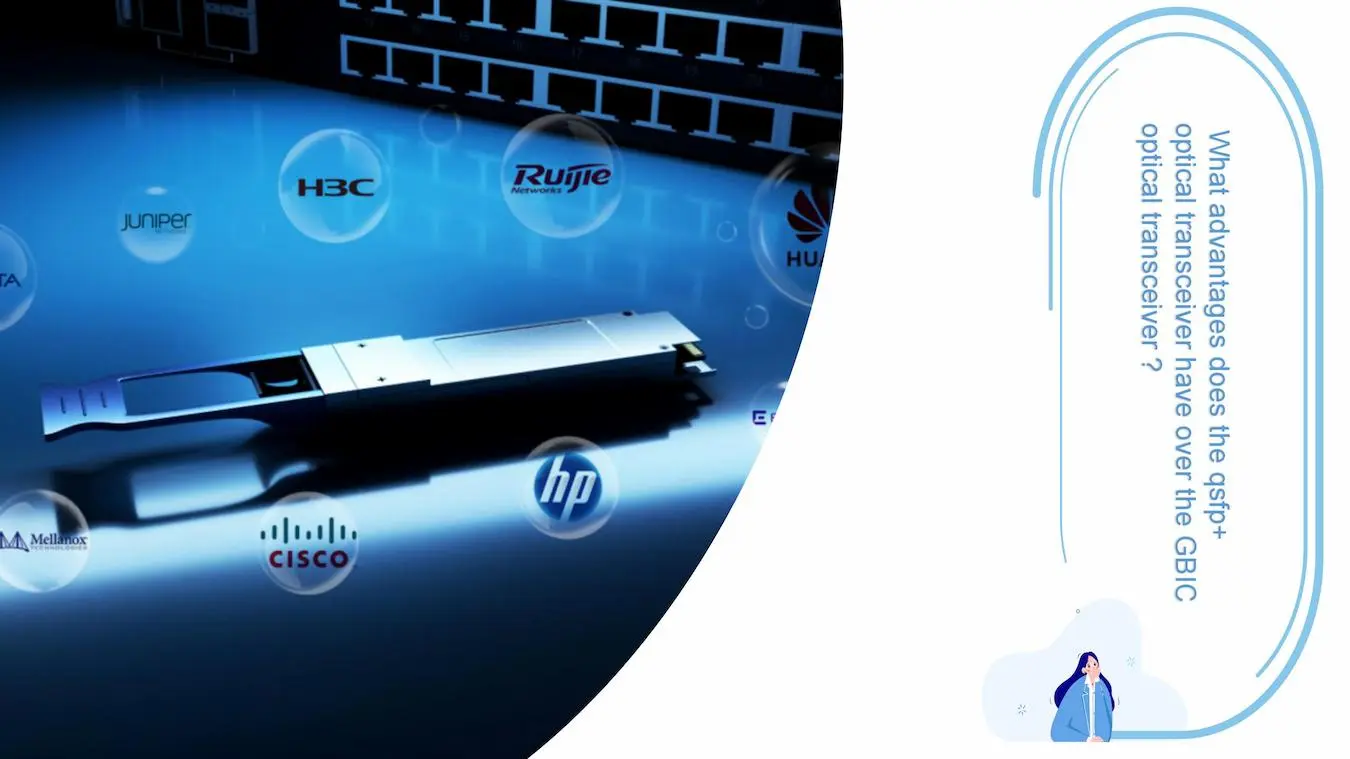
GBIC optical transceiver s have been gradually eliminated due to their shortcomings such as large size and high power consumption. The rate of QSFP+ optical transceiver is higher than that of GBIC, the volume is smaller, and the power consumption is lower.
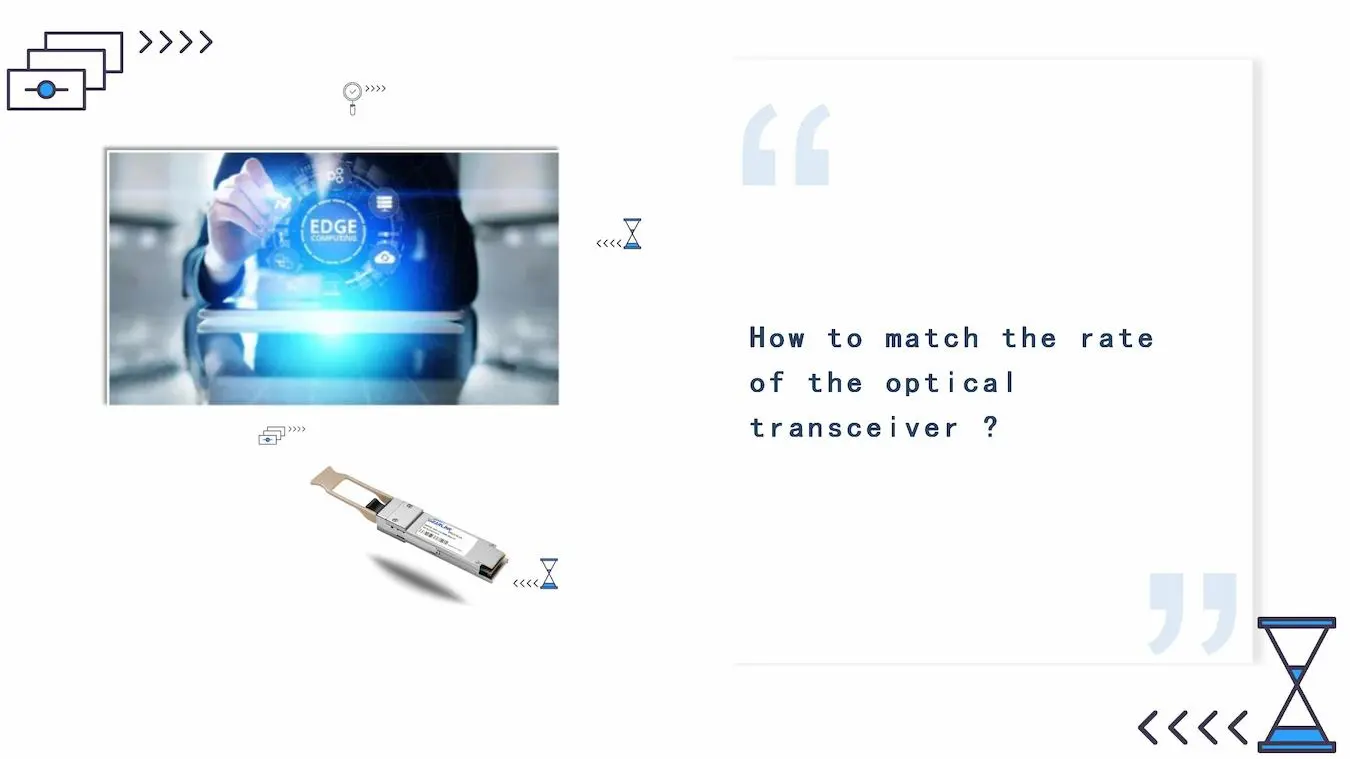
The rate of an optical transceiver can generally be seen from the label or appearance. Gigabit optical transceiver s, 10G optical transceiver s, and 40G optical transceiver s have different appearances, which can be seen basically by looking at the appearance. Some 10G 25G optical transceiver s are similar in appearance, so you may have to look at the label. Of course, you can also see it on the switchboard. Generally speaking, the optical transceiver of any rate must be inserted into the port of the corresponding rate to be used normally.
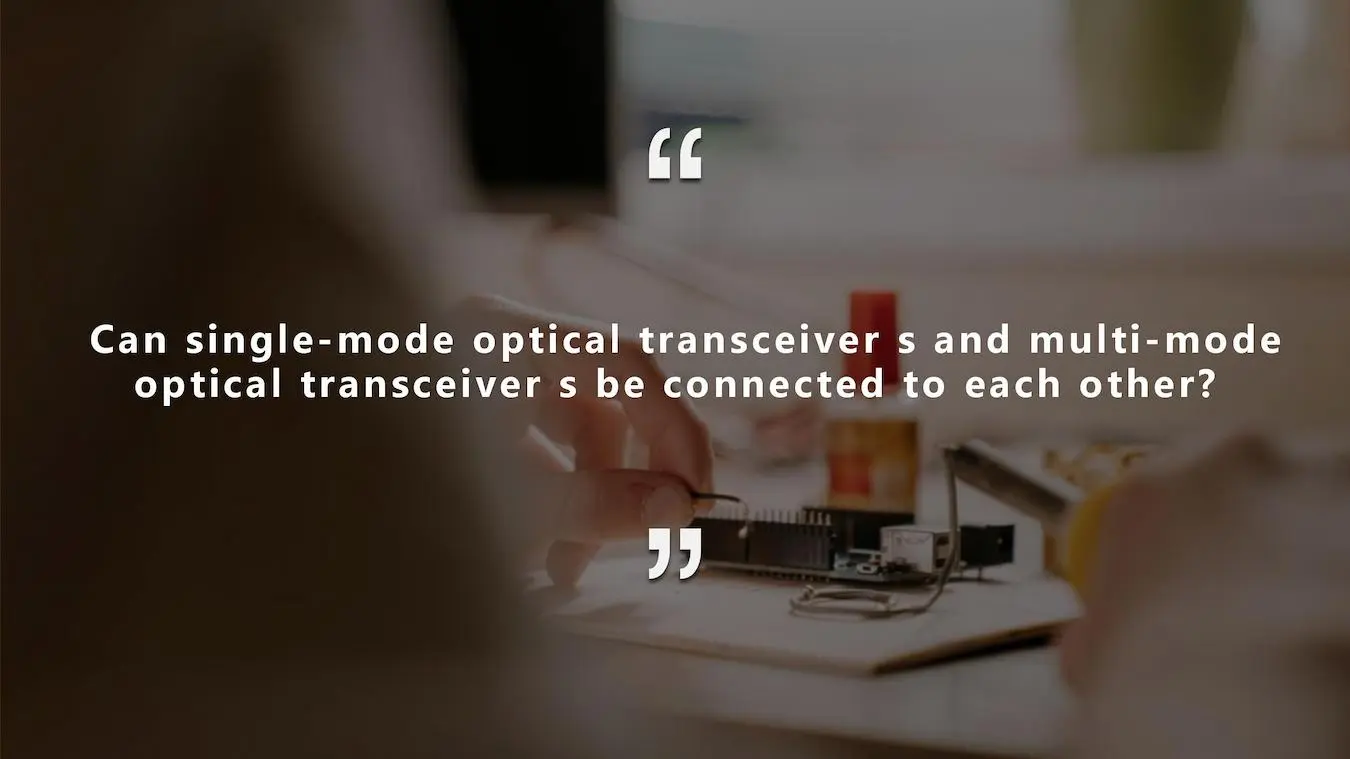
Single-mode and multi-mode optical transceiver s cannot be connected to each other. The interconnection of two transceiver s needs to meet the following factors. The transmission distance is the same, the wavelength is the same, and the rate is the same. Only when these three factors are the same can they be connected to each other.
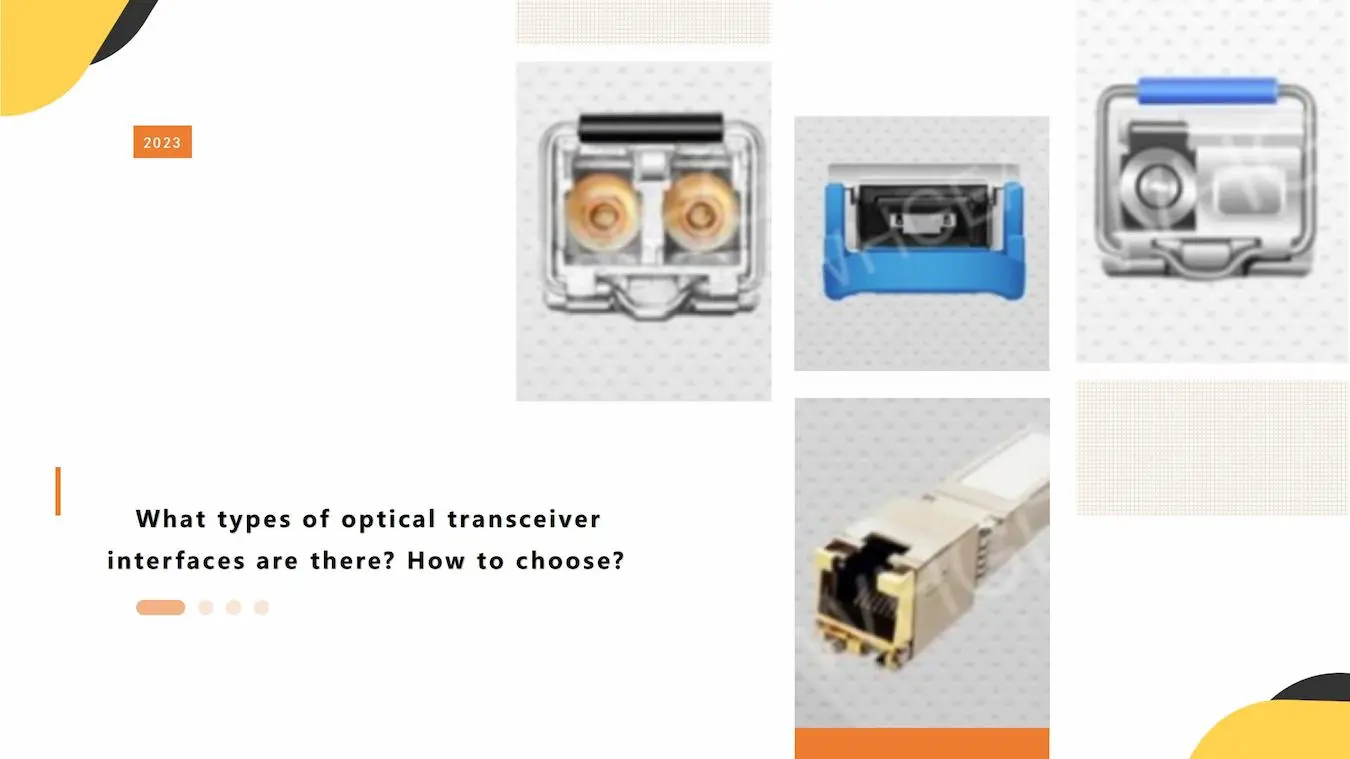
The mainstream optical transceiver interface types are: LC, MPO, SC. The choice of transceiver interface type mainly depends on the jumper of the interface and the speed of the optical transceiver .
